Forums
- Forums
- Axis And Allies Forum
- General Discussion
- Aviation News
Aviation News
- Go to Next topic
- Go to Welcome
- Go to Introduce Yourself
- Go to General Discussion
- Go to Screenshots, Images and Videos
- Go to Off topic
- Go to Works in Progress
- Go to Skinning Tips / Tutorials
- Go to Skin Requests
- Go to IJAAF Library
- Go to Luftwaffe Library
- Go to RAF Library
- Go to USAAF / USN Library
- Go to Misc Library
- Go to The Ops Room
- Go to Made in Germany
- Go to Campaigns and Missions
- Go to Works in Progress
- Go to Juri's Air-Raid Shelter
- Go to Campaigns and Missions
- Go to Works in Progress
- Go to Skinpacks
- Go to External Projects Discussion
- Go to Books & Resources
-
 Main AdminAn F-15 Eagle assigned to the 142nd Fighter Wing performs an aircraft arresting barrier system test at the Yellowknife, Northwest Territories, Airport, Oct. 18, 2016. The arresting barrier system is used in the event of an emergency where a fighter aircraft cannot stop on its own. Members of the 142nd Fighter Wing are in Yellowknife to participate in Vigilant Shield 2017. The Vigilant Shield 2017 Field Training Exercise is an annual exercise sponsored by The North American Aerospace Defense Command and led by Alaskan NORAD Region, in conjunction with Canadian NORAD Region and Continental NORAD Region, who undertake field training exercises aimed at improving operational capability in a bi-national environment. (U.S. Air National Guard photo by Senior Master Sgt. Shelly Davison, 142nd Fighter Wing Public Affairs)
Main AdminAn F-15 Eagle assigned to the 142nd Fighter Wing performs an aircraft arresting barrier system test at the Yellowknife, Northwest Territories, Airport, Oct. 18, 2016. The arresting barrier system is used in the event of an emergency where a fighter aircraft cannot stop on its own. Members of the 142nd Fighter Wing are in Yellowknife to participate in Vigilant Shield 2017. The Vigilant Shield 2017 Field Training Exercise is an annual exercise sponsored by The North American Aerospace Defense Command and led by Alaskan NORAD Region, in conjunction with Canadian NORAD Region and Continental NORAD Region, who undertake field training exercises aimed at improving operational capability in a bi-national environment. (U.S. Air National Guard photo by Senior Master Sgt. Shelly Davison, 142nd Fighter Wing Public Affairs)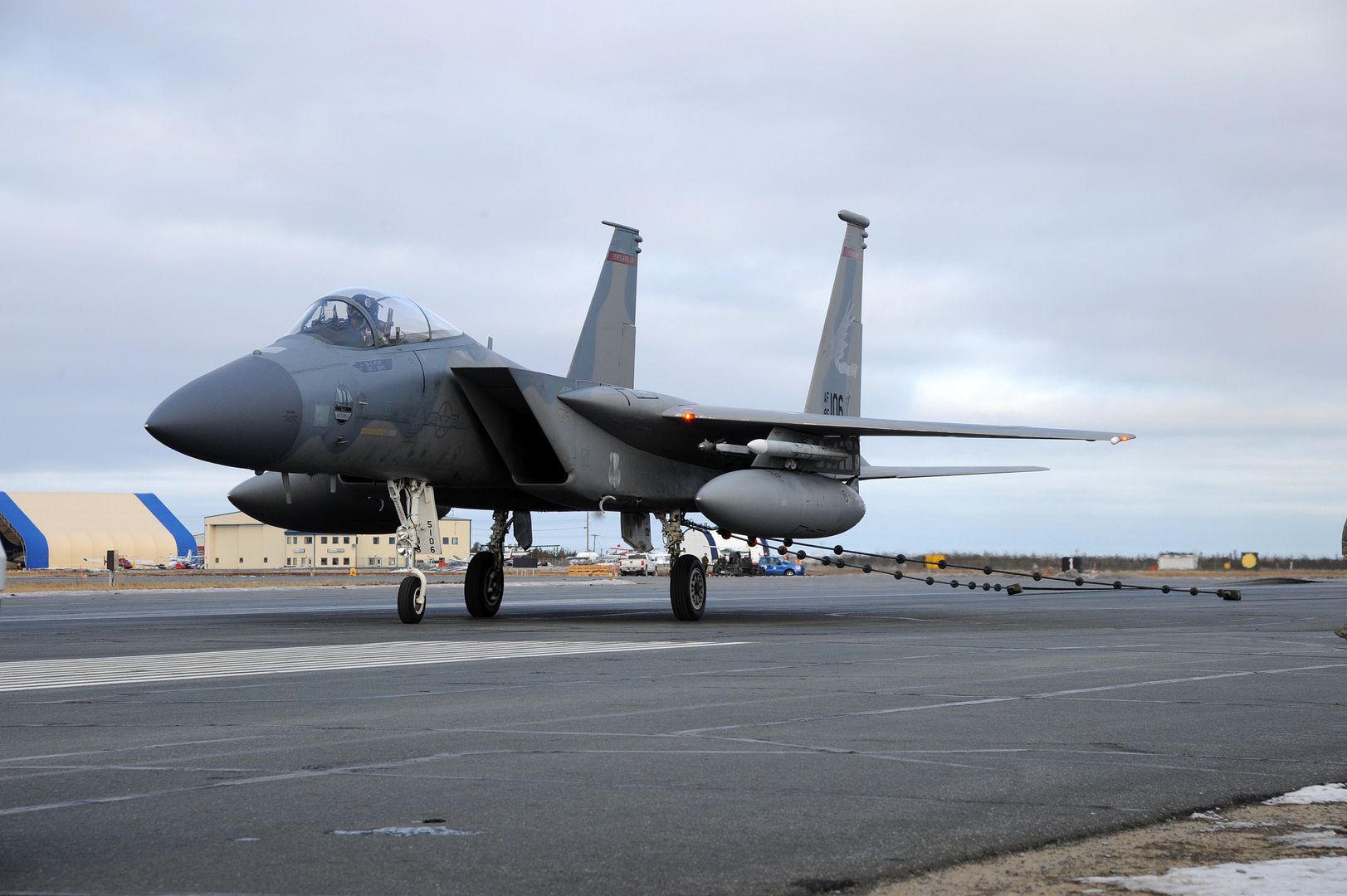
U.S. Air Force Capt. Brent Smith, a pilot assigned to the 36th Fighter Squadron, Osan Air Base, Republic of Korea, prepares an F-16 Fighting Falcon aircraft for takeoff Oct. 19, 2016, during RED FLAG-Alaska (RF-A) 17-1 at Eielson Air Force Base, Alaska. RF-A enables joint and international units to sharpen their combat skills by flying simulated combat sorties in a realistic threat environment, which allows them to exchange tactics, techniques and procedures while improving interoperability. (U.S. Air Force photo by Airman 1st Class Cassandra Whitman)
19 October 2016 Press Release
Frontier Airlines, headquarters in Denver, Colorado (U.S.), took delivery today of its first A320neo. Frontier is the first U.S. airline to receive an A320neo with CFM engines, and the aircraft is the first of 80 A320neo Family aircraft the low-cost carrier has ordered. All of Frontier?s A320neo Family aircraft will be powered by CFM International LEAP-1A engines.
?We?re excited to receive our first A320neo,? said Barry Biffle, President and CEO ? Frontier Airlines. ?The efficiency of the A320neo will help us lower costs even more and pass those savings along to our customers.?
?We are proud to deliver the first CFM-powered A320neo aircraft in the U.S. to our valued customer Frontier Airlines,? said John Leahy, Airbus Chief Operating Officer ? Customers. ?Now delivered to operators on three continents, the A320neo Family is the aircraft of choice among the world?s airlines.?
Each of the Frontier?s A320neo Family aircraft will feature lightweight composite Sharklets, 2.4-meter/94-inch tall wing-tip devices and new CFM?s LEAP-1A engines providing operators with double-digit improvements in fuel consumption and CO2 emissions ? with a 15 percent reduction upon entry into service.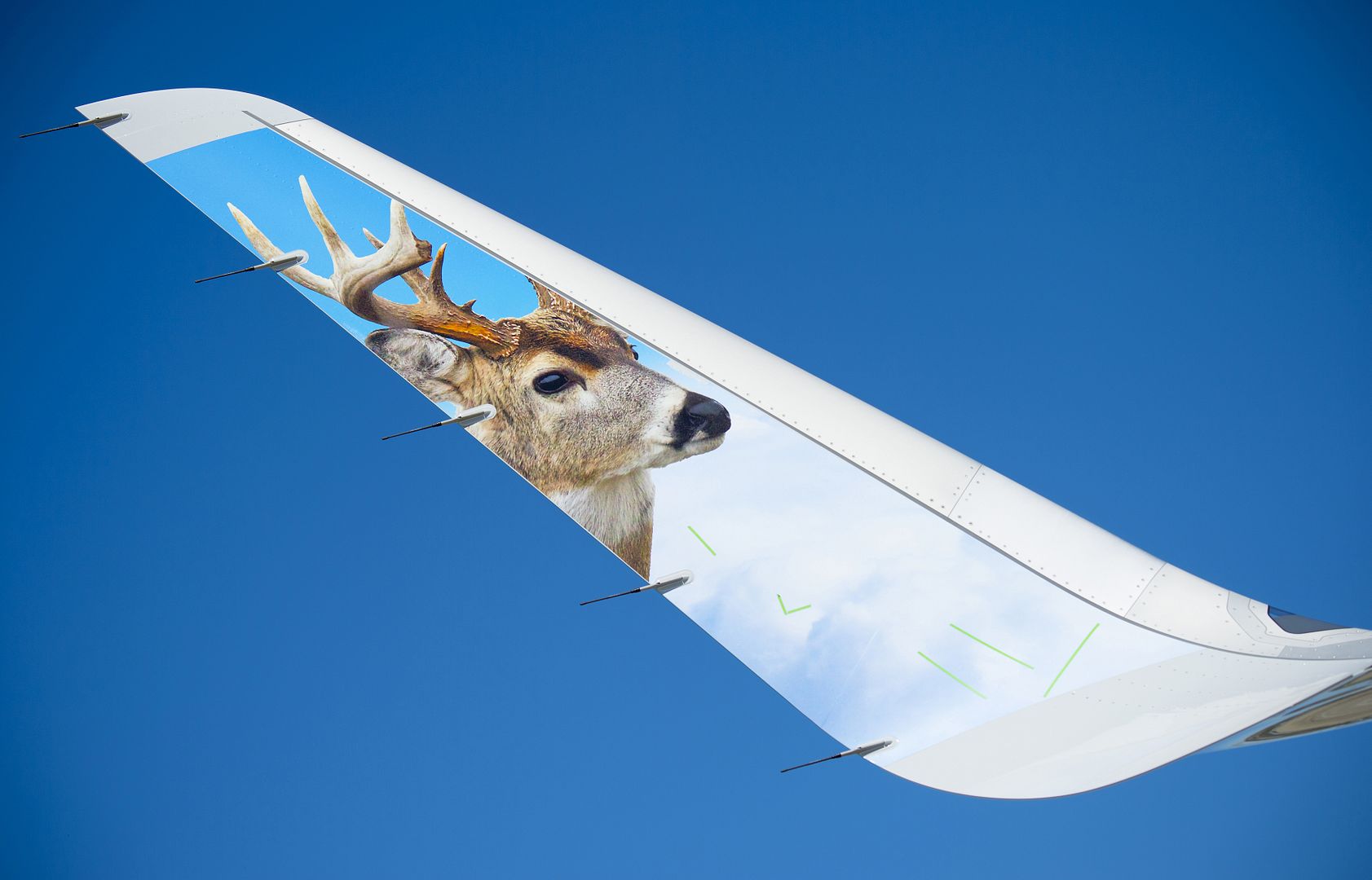
In addition to the A320neo delivered today, Frontier currently operates a fleet of 64 Airbus aircraft, including 30 A319s, 24 A320s and 10 A321s. Their current backlog of Airbus aircraft is comprised of 18 A319neo, 2 A320ceo, 61 A320neo and 6 A321ceo.
Frontier took delivery of its first Airbus aircraft in 2001 and has since transformed into an all-Airbus, all-A320 Family fleet, allowing the airline to optimize efficiency and economy by streamlining crew training and maintenance operations. The A320 Family also offers the most comfortable single-aisle cabin in the sky at a full seven inches wider than competing aircraft allowing for 18?-wide seats in comfort economy as standard.
The A320neo Family incorporates the very latest technologies including new generation engines and Sharklets, which together deliver more than 15 percent fuel savings from day one and 20 percent by 2020. With more than 4,800 orders received from 87 customers since its launch in 2010, the A320neo Family has captured some 60 percent share of the market.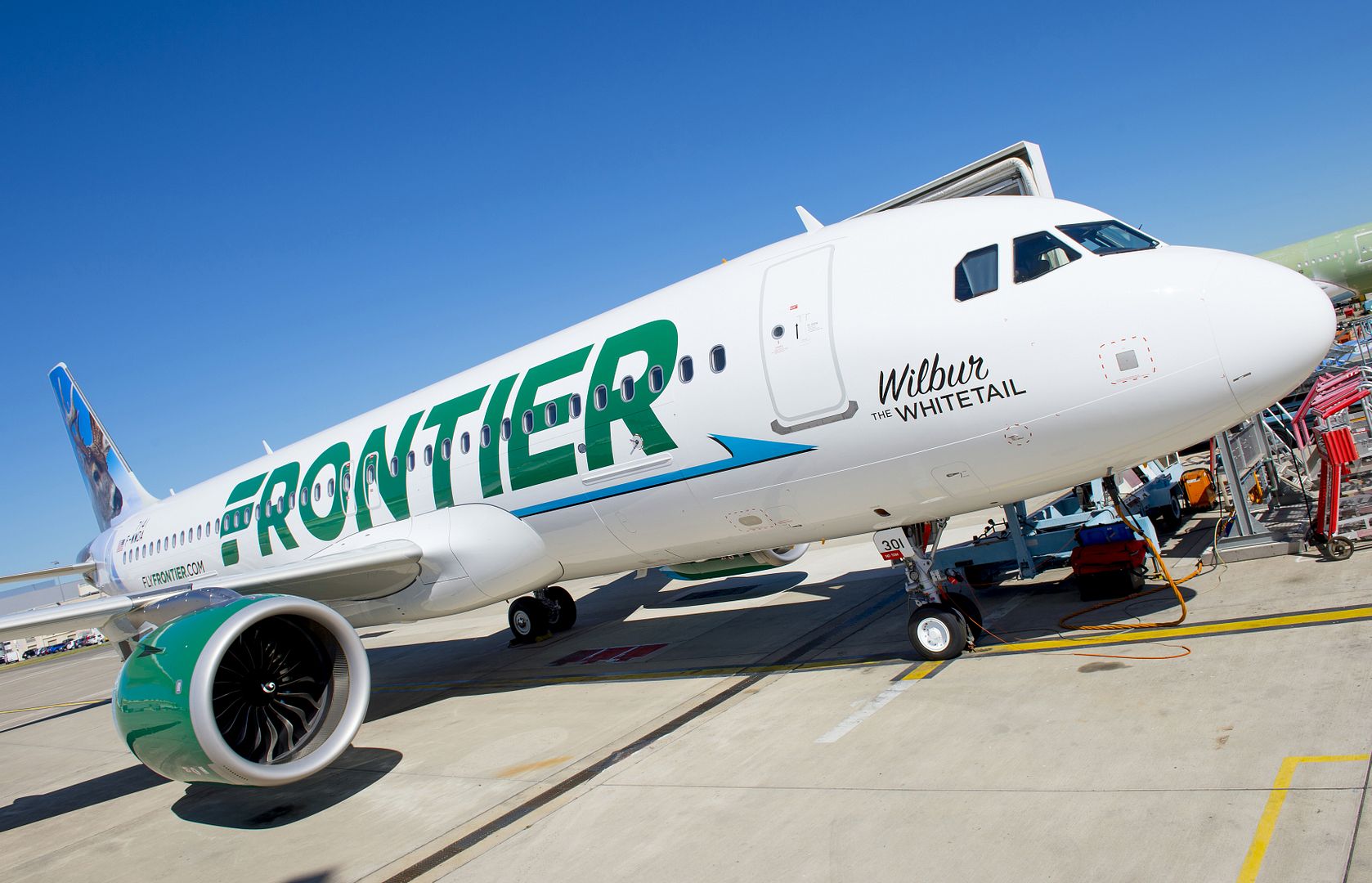
-
 Main AdminU.S. Air National Guard F-16s, 138th Fighter Wing, Tulsa, OK, are prepared for morning sorties, Oct. 19, 2016.
Main AdminU.S. Air National Guard F-16s, 138th Fighter Wing, Tulsa, OK, are prepared for morning sorties, Oct. 19, 2016.
(U.S. Air National Guard photo's by Tech. Sgt. Drew A. Egnoske)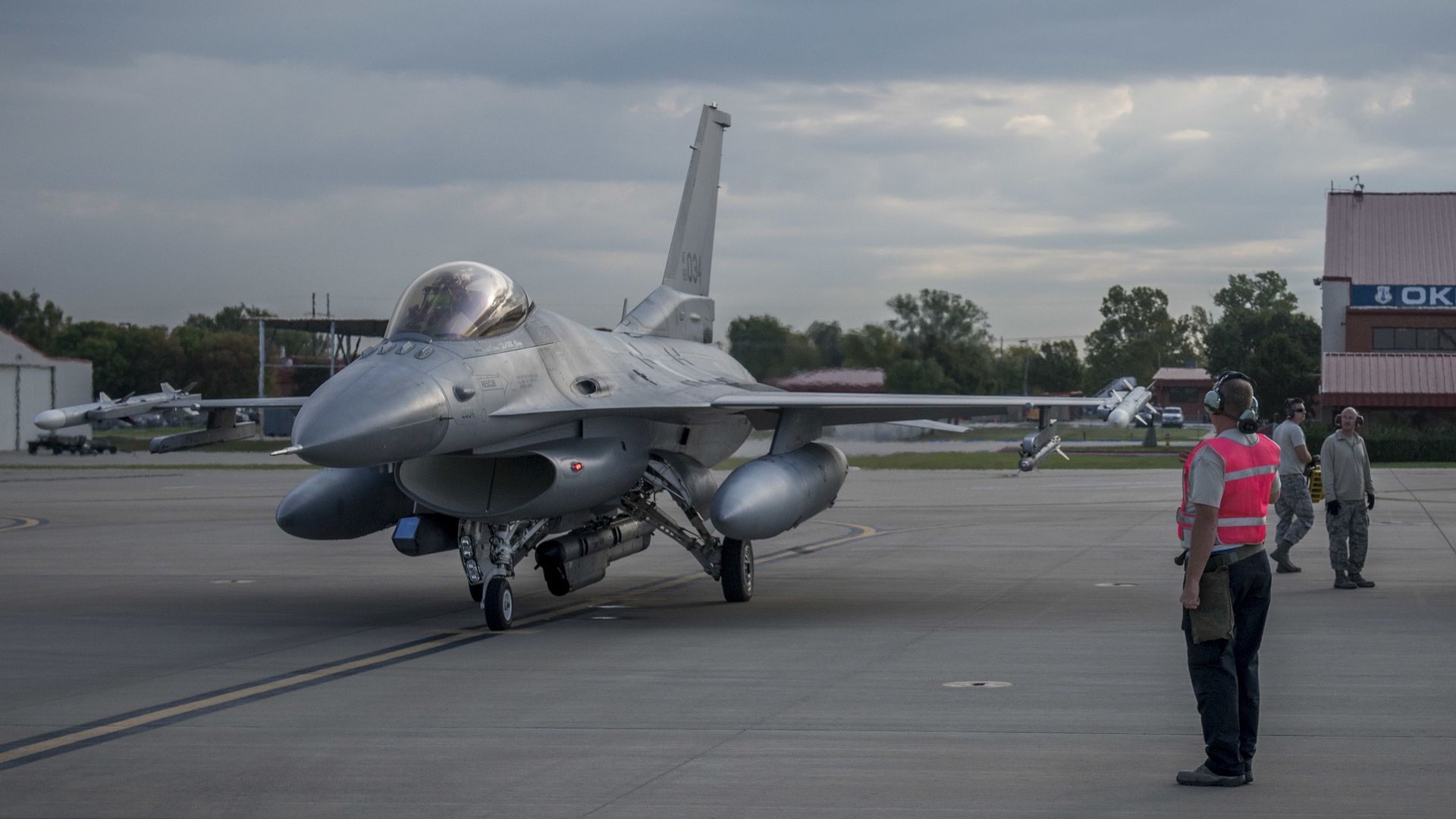
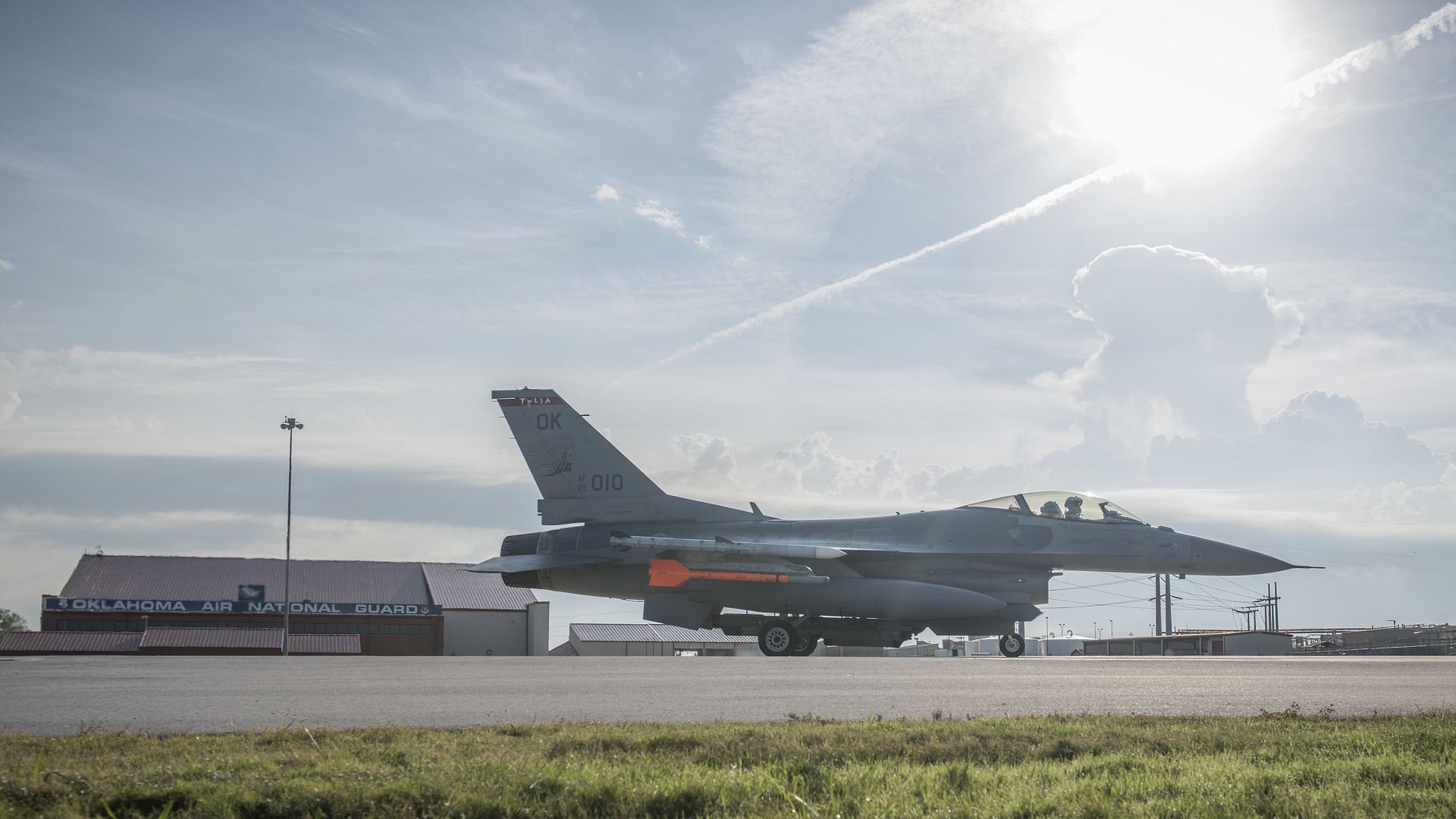
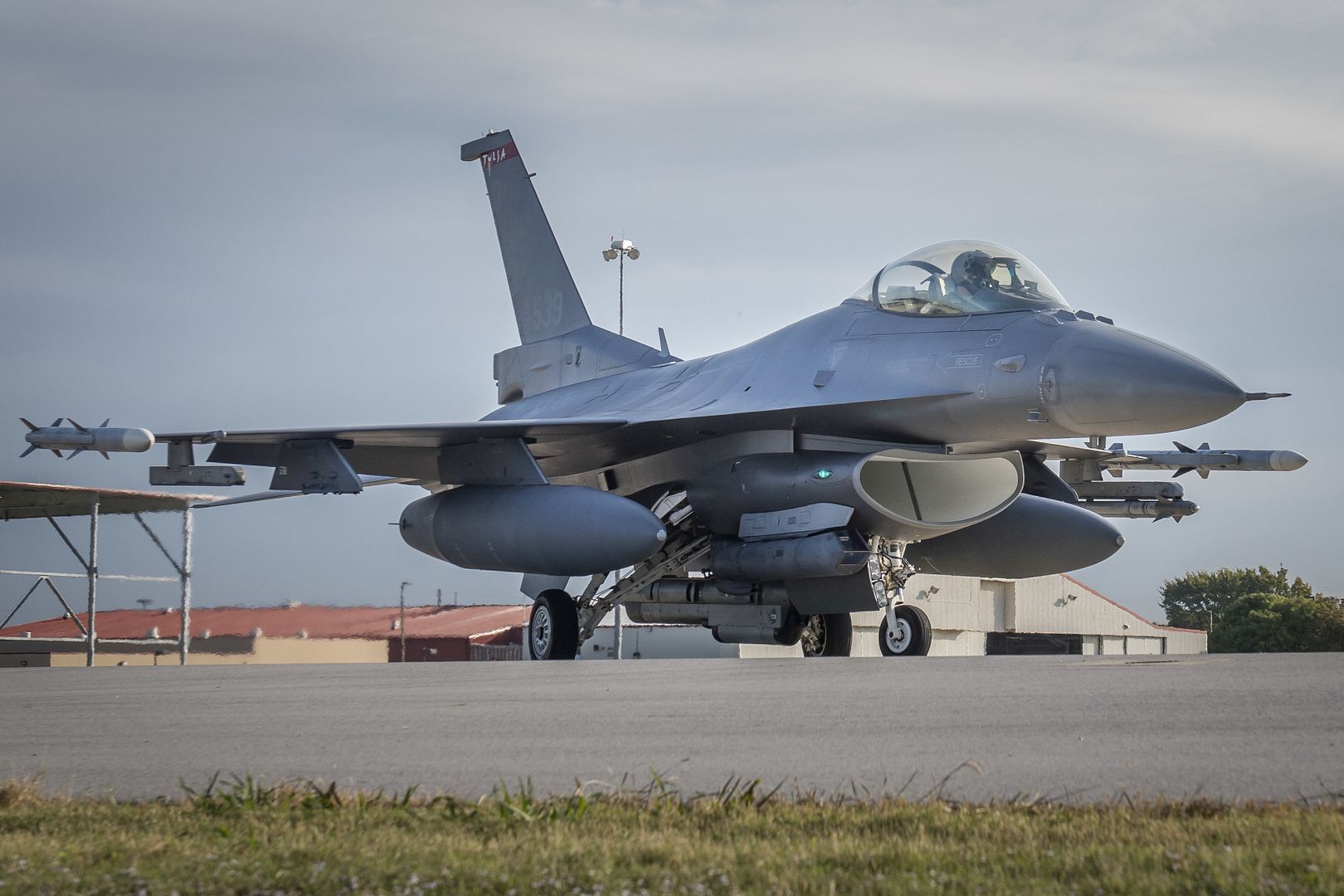
A Republic of Korea Air Force C-130 Hercules taxis on the flightline during Red Flag Alaska 17-1 at Joint Base Elmendorf-Richardson, Alaska, Oct. 19, 2016. Red-Flag Alaska 17-1 provides joint offensive counter-air, interdiction, close air support, and large force employment training in a simulated combat environment. (U.S. Air Force photo by Airman 1st Class Valerie Monroy)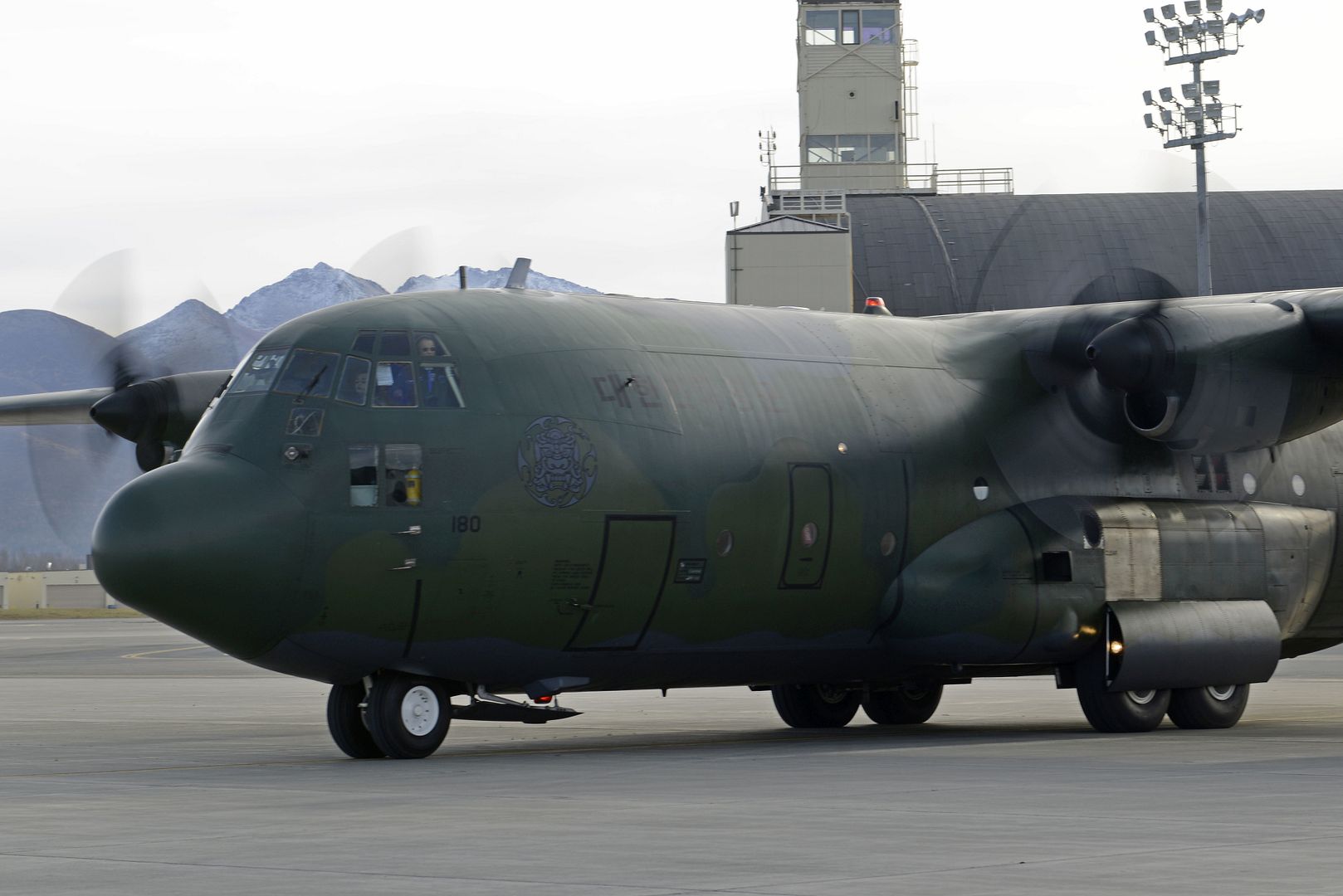
ARABIAN GULF (Oct. 19, 2016) Two MH-53 helicopters from HM-15 Detachment Two fly in formation during US-UK Mine Countermeasures Exercise 17-1. The bilateral exercise serves to enhance cooperation, mutual MCM capabilities and interoperability between the U.S. and U.K. Naval forces in ensuring free flow of commerce, freedom of navigation and long-term regional security. (U.S. Navy photo by Petty Officer 2nd Class Victoria Kinney)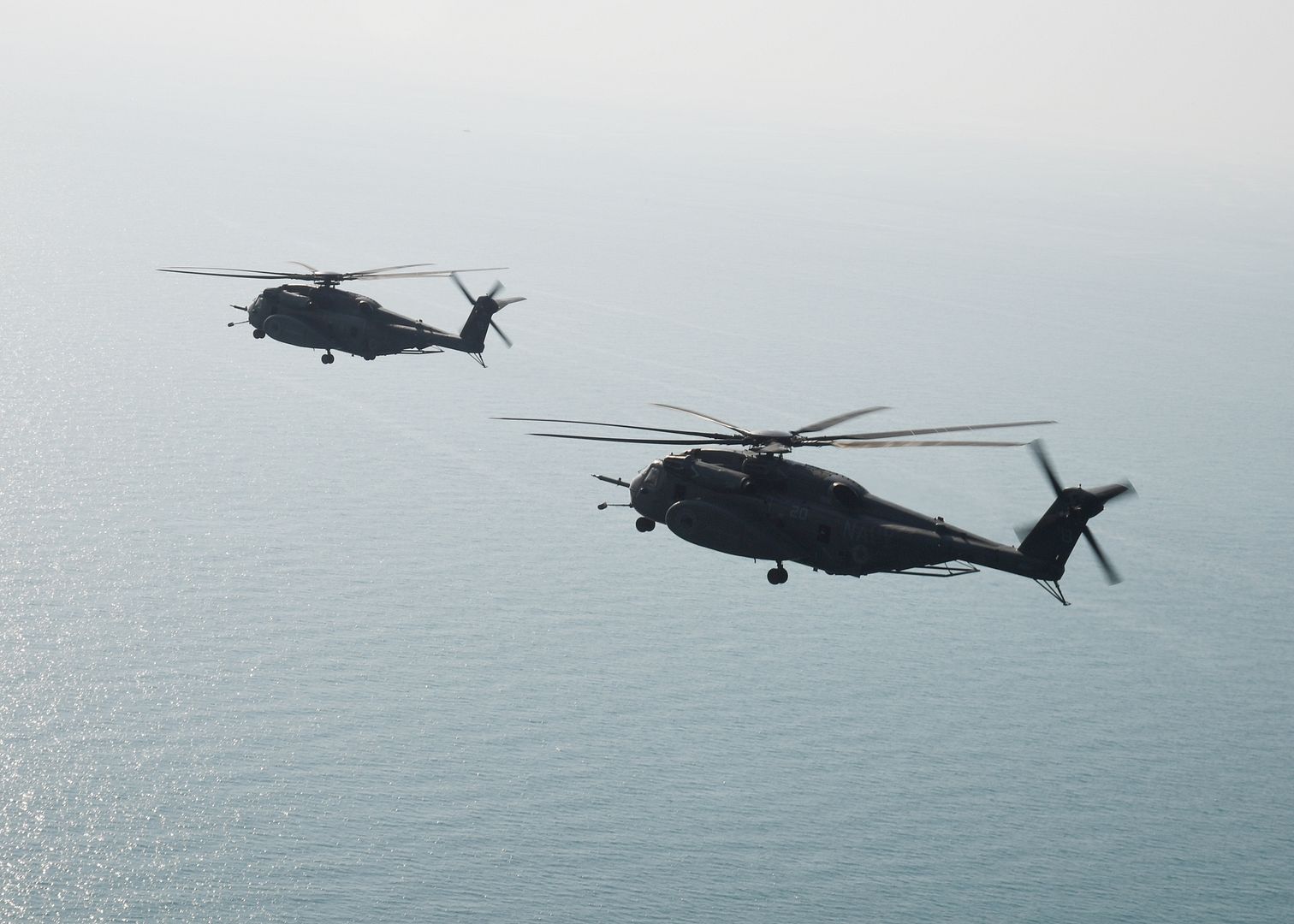
A U.S. Air Force KC-135 Stratotanker belonging to the 912th Air Refueling Squadron from March Air Force Base, Calif., waits for takeoff at Joint Base Elmendorf-Richardson, Alaska, to provide refueling capabilities to Royal Canadian Air Force CF-18s while both units participate in the Vigilant Shield 2017 Field Training Exercise 20 Oct., 2016, in the high arctic. VS17 is an annual exercise sponsored by The North American Aerospace Defense Command and led by Alaskan NORAD Region, in conjunction with Canadian NORAD Region and Continental NORAD Region, who undertake field training exercises aimed at improving operational capability in a bi-national environment. This year?s exercise sees NORAD building on previous years? training successes when deploying air assets and personnel to the far north to exercise sovereignty operations in North America?s northern aerospace and in the high Arctic. This exercise provides crucial training opportunities for numerous military personnel
with a variety of aircraft and assets from Canada and the United States to improve interoperability and to demonstrate NORAD?s ability to defend North America. (U.S. Air Force Photo by Tech. Sgt. Gregory Brook)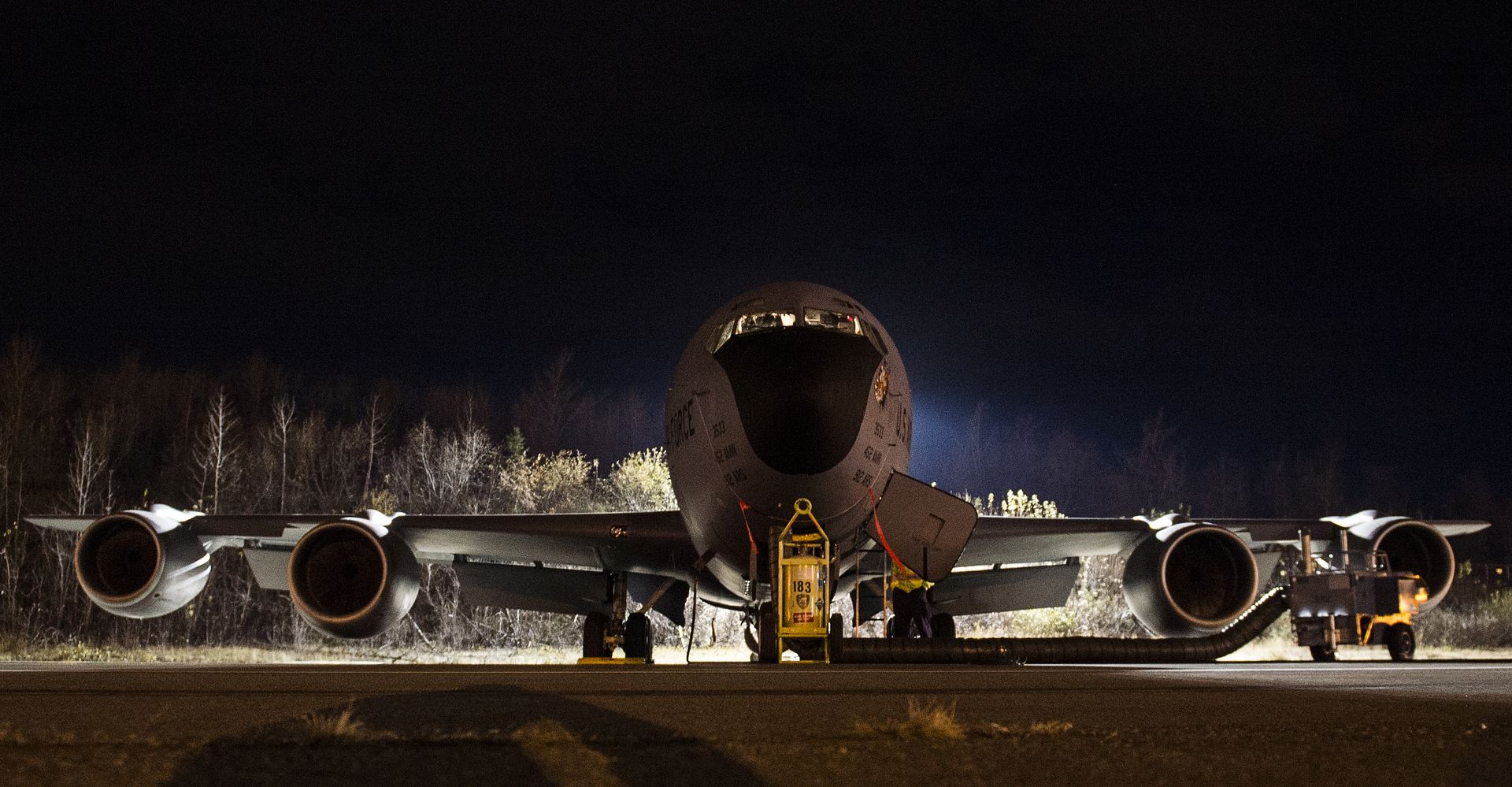
A U.S. Air Force KC-135 Stratotanker flown by the 912th Air Refueling Squadron from March Air Force Base, Calif., provides refueling capabilities to Royal Canadian Air Force CF-18s while both units participate in the Vigilant Shield 2017 Field Training Exercise 20 Oct., 2016, in the high arctic. VS17 is an annual exercise sponsored by The North American Aerospace Defense Command and led by Alaskan NORAD Region, in conjunction with Canadian NORAD Region and Continental NORAD Region, who undertake field training exercises aimed at improving operational capability in a bi-national environment. This year?s exercise sees NORAD building on previous years? training successes when deploying air assets and personnel to the far north to exercise sovereignty operations in North America?s northern aerospace and in the high Arctic. This exercise provides crucial training opportunities for numerous military personnel
with a variety of aircraft and assets from Canada and the United States to improve interoperability and to demonstrate NORAD?s ability to defend North America. (U.S. Air Force Photo's by Tech. Sgt. Gregory Brook)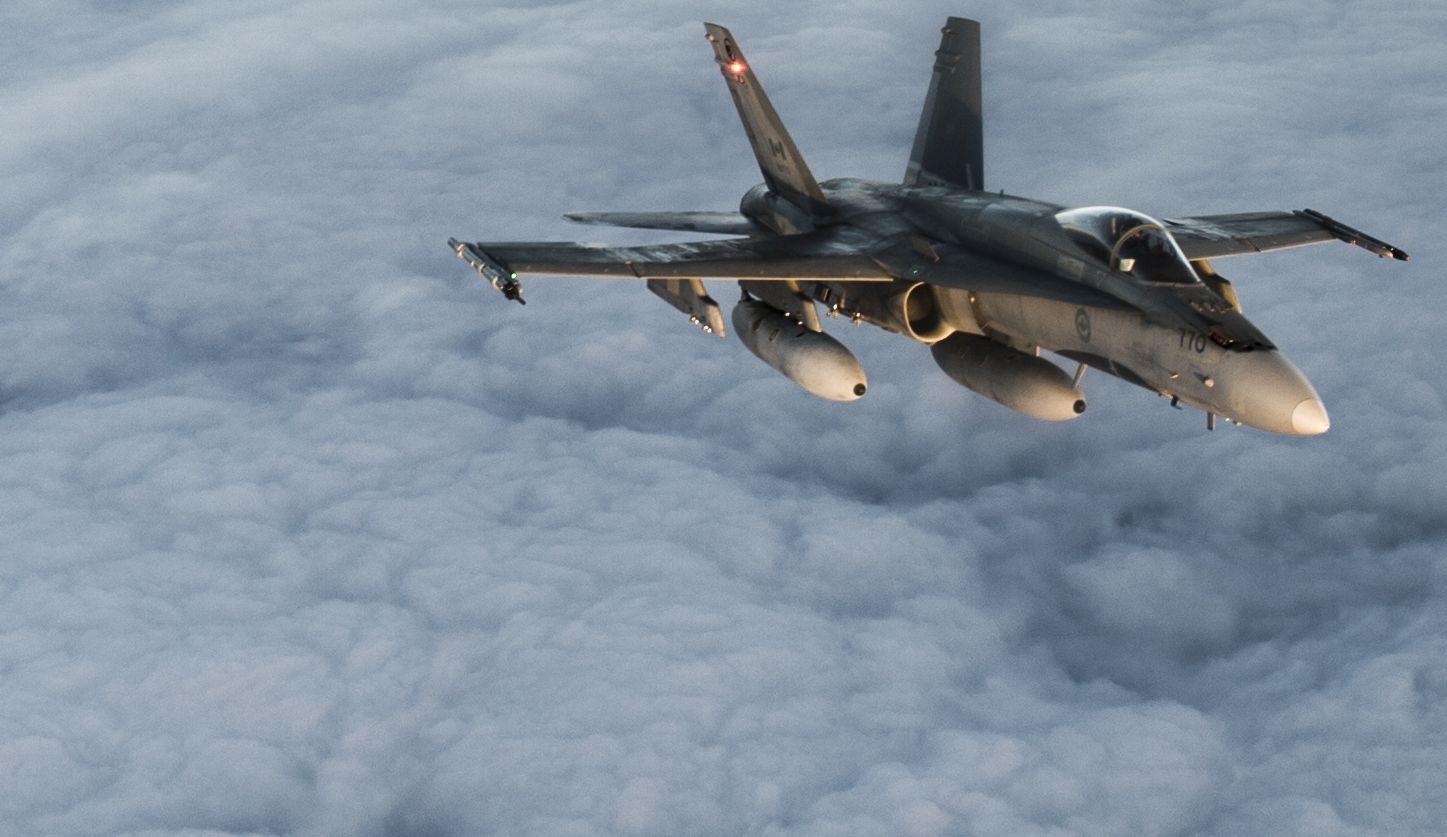

ARABIAN GULF (Oct. 20, 2016) An F/A-18F Super Hornet assigned to the Fighting Swordsmen of Strike Fighter Squadron (VFA) 32 launches from the flight deck of the aircraft carrier USS Dwight D. Eisenhower (CVN 69) (Ike). Ike and its Carrier Strike Group are deployed in support of Operation Inherent Resolve, maritime security operations and theater security cooperation efforts in the U.S. 5th Fleet area of operations. (U.S. Navy photo by Petty Officer 3rd Class Nathan T. Beard)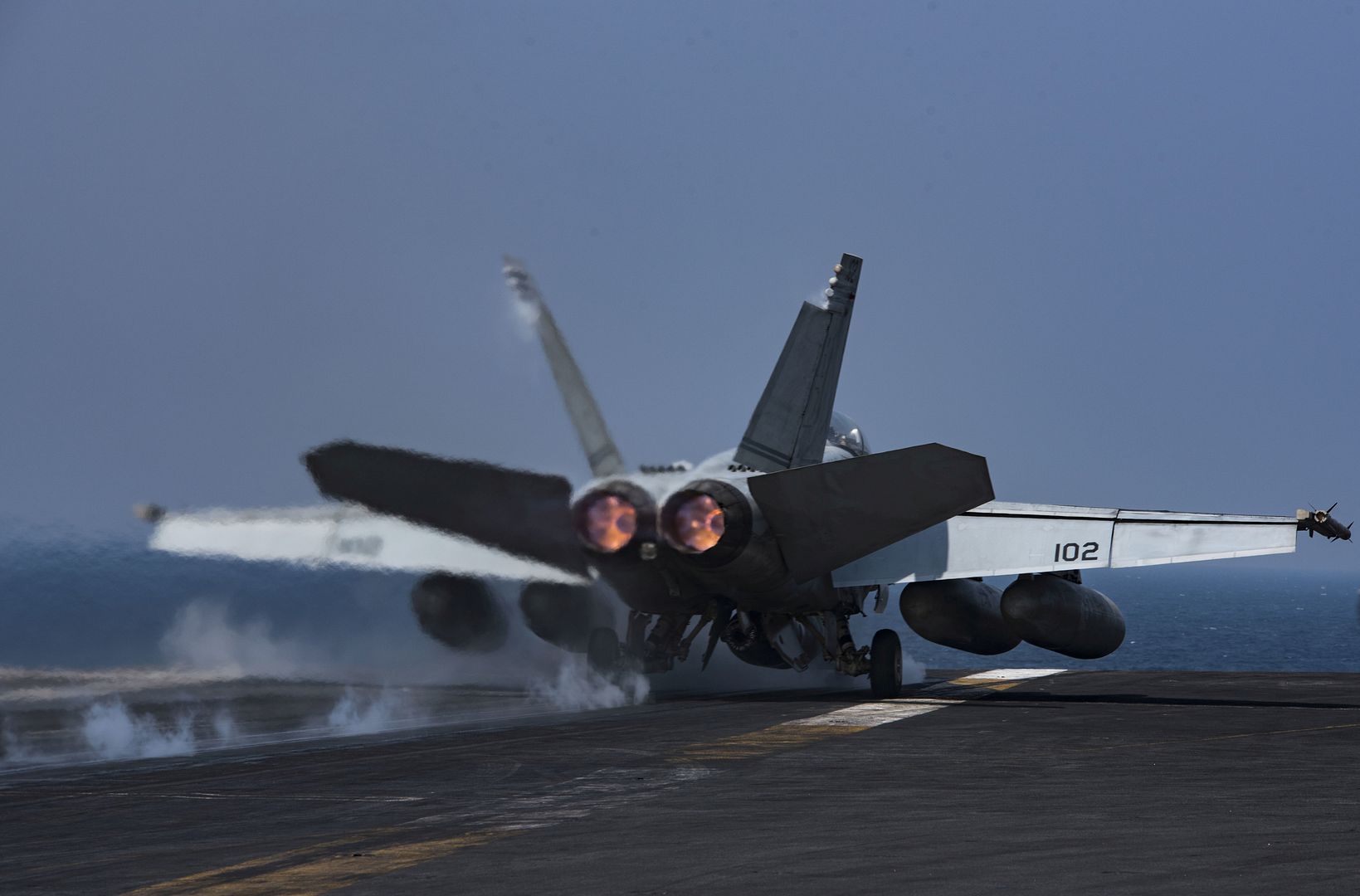
An F-15 Eagle assigned to the 142nd Fighter Wing takes flight in support of Exercise Vigilant Shield 2017, Yellowknife, Northwest Territories, Oct. 20, 2016. During this exercise, forces supporting North American Aerospace Defense Command (NORAD) will deploy and conduct air sovereignty operations in the far north and the high Arctic demonstrating the ability to detect, identify and meet possible threats in some of the most remote regions in the world. (U.S. Air National Guard photo by Senior Master Sgt. Shelly Davison, 142nd Fighter Wing Public Affairs).
Frozen Friday
The NZDF has begun its annual mission to take scientists and support staff to Antarctica, to help advance research in the world?s harshest continent.
Yesterday our Boeing 757 flew 81 scientific and support personnel and about three tonnes of baggage and equipment that are needed to support the New Zealand and United States Antarctic research programs.
It was the NZDF?s first strategic airlift support flight to the continent for the 2016-17 summer season.
-
 Main AdminAV-8B Harriers, assigned to Marine Medium Tiltrotor Squadron (VMM) 163 (Reinforced), land on the flight deck of the amphibious assault ship USS Makin Island (LHD
Main AdminAV-8B Harriers, assigned to Marine Medium Tiltrotor Squadron (VMM) 163 (Reinforced), land on the flight deck of the amphibious assault ship USS Makin Island (LHD . Makin Island, the flagship of the Makin Island Amphibious Ready Group, is deployed with the 11th Marine Expeditionary Unit in support of the Navy's maritime strategy in the U.S. 3rd Fleet area of responsibility. U.S. Navy photo by Petty Officer 1st Class Petty Officer Larry S. Carlson (Released)
. Makin Island, the flagship of the Makin Island Amphibious Ready Group, is deployed with the 11th Marine Expeditionary Unit in support of the Navy's maritime strategy in the U.S. 3rd Fleet area of responsibility. U.S. Navy photo by Petty Officer 1st Class Petty Officer Larry S. Carlson (Released)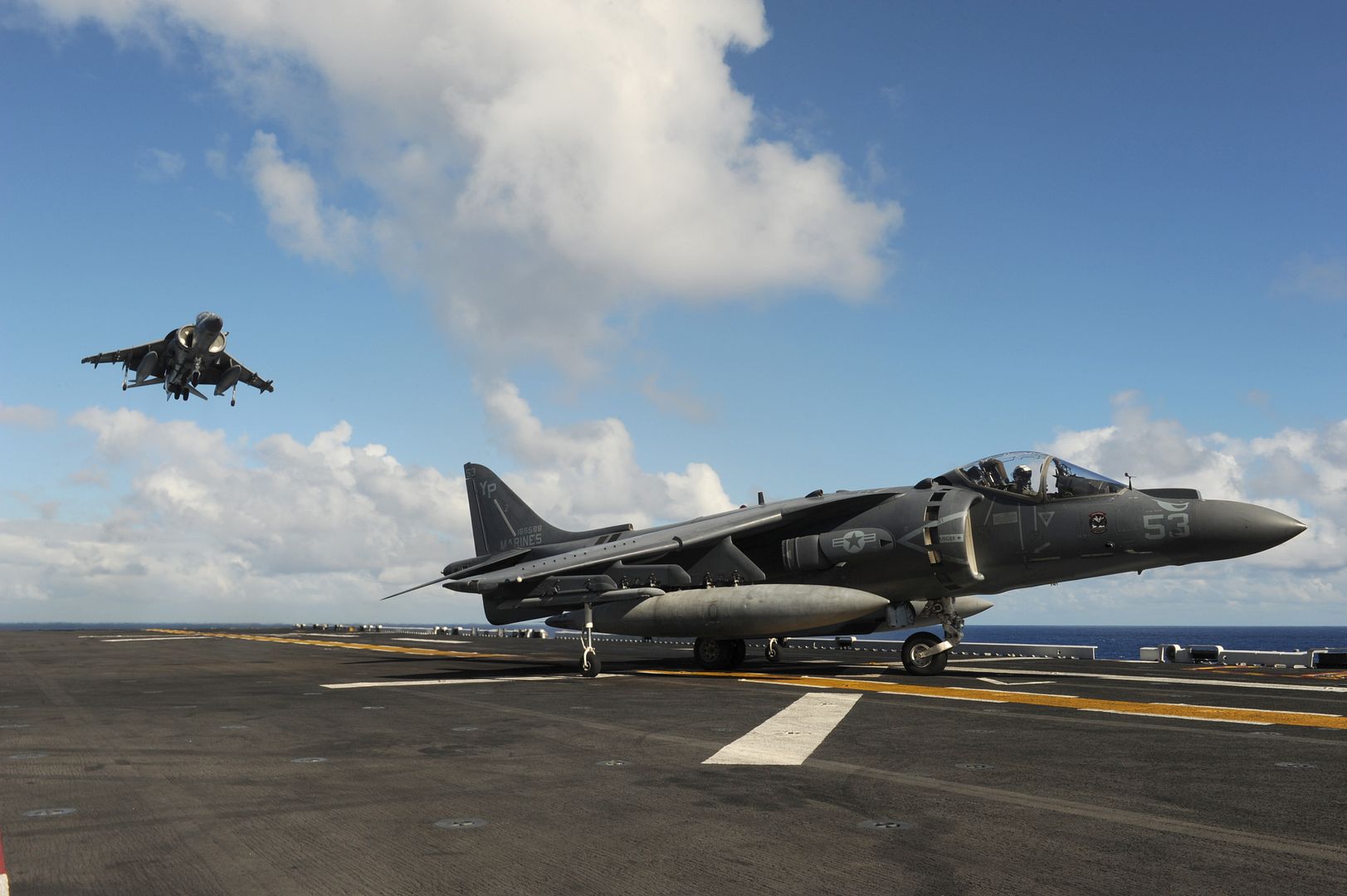
WEST PALM BEACH, FL, Oct. 21, 2016 ? Lockheed Martin (NYSE:LMT) today announced the CH-53K King Stallion successfully completed initial operational testing by the U.S. Marine Corps to verify the key capabilities of the heavy lift helicopter. The week-long operational assessment by Marine Corps pilots, aircrew and maintainers marked an important step in support of a Low Rate Initial Production (LRIP) Milestone C decision early next year.
?This successful operational assessment by the Marine Corps is a clear sign of the maturity and the robust capability of the King Stallion,? said Dr. Michael Torok, Sikorsky Vice President CH-53K Programs. ?This was a key requirement in support of the upcoming Milestone C decision, and its success is another important step in our transition from development into production.?
The U.S. Marine Corps? initial operational testing included external lift scenarios of 27,000 lbs. (12,200 kgs) in hover and a 12,000 lb. (5,422 kg) 110 nautical mile radius mission. Ground events included embarkation / debarkation of combat equipped troops, internal and external cargo rigging, tactical bulk fuel delivery system (TBFDS) operation and medevac litter configuration.
Overall, post evaluation interviews of aircrew, ground crew and flight surgeons revealed a high regard for the operational capability demonstrated by the King Stallion. This customer assessment is a pre-requisite to Milestone C and is intended to minimize risk to successfully pass the U.S. Marine Corps operational evaluation (OPEVAL) phase for a future full rate production decision.
?OT-B1( Operational Test) is a critical milestone for the program because this is the first time an operational test has been done utilizing an ?All Marine? crew,? said Col. Hank Vanderborght, U.S. Marine Corps program manager for Naval Air Systems Command?s Heavy Lift Helicopters Program. ?All test objectives were met, and the aircraft performed very well. This further increases our confidence in the design, and is another key step to successfully fielding the CH-53K."
The operational testing was based out of the Sikorsky Development Flight Center (DFC) in West Palm Beach, Florida, where CH-53K development flight test is continuing to make excellent progress now with all four Engineering Development Model (EDM) aircraft in flight status.
The King Stallion will carry three times the external payload of the predecessor CH-53E equating to a 27,000 pound external load over 110 nautical miles under ?high hot? ambient conditions. The CH-53K helicopter provides unmatched heavy lift capability with reduced logistics footprint and reduced support costs over its entire life cycle. CH-53K pilots can execute heavy lift missions more effectively and safely in day/night and all weather with the King Stallion?s modern glass cockpit. Fly-by-wire flight controls facilitate reduced pilot workload for all heavy lift missions including external loads, maritime operations, and operation in degraded visual environments. With more than triple the payload capability of the predecessor CH-53E, the King Stallion?s increased capability can take the form of a variety of relevant payloads ranging from an internally loaded High Mobility Multipurpose Wheeled Vehicle (HMMWV) to up to three independent external loads at once which provides outstanding mission flexibility and system efficiency. A locking, U.S. Air Force pallet compatible cargo rail system reduces both effort and time to load and unload palletized cargo.
The U.S. Department of Defense's Program of Record remains at 200 CH-53K aircraft. The first four of the 200 ?Program of Record? aircraft are scheduled for delivery next year to the U.S. Marine Corps, with another two aircraft to follow. Two additional aircraft are under long lead procurement for parts and materials, with deliveries scheduled to start in 2020 The Marine Corps intends to stand up eight active duty squadrons, one training squadron, and one reserve squadron to support operational requirements.
Operational evaluation commences for RAF Typhoon fleet enhancements under Project CENTURION
21 October 2016
Phase 1 Enhancements Further Work (P1Eb FW) is an evolution of the current Tranche 2 Typhoon aircraft in service with the UK. The P1Eb standard Typhoons entered service last year.
P1Eb FW is the first part of the UK?s Project CENTURION, the package of enhancements which aims to deliver a seamless transition of capability from Tornado to Typhoon by the end of 2018.
The upgrades will bring numerous new capabilities, including additional Human-Machine Interface technologies and additions to the aircraft?s Air to Surface targeting capability.
These latest upgrades has successfully undergone trial installation and Operational Evaluation with 41 (R) Squadron, the RAF's Test and Evaluation Squadron (TES) at RAF Coningsby, is now underway.
Flt Lt Luke Gili-Ross, from the RAF?s 41 (R) Squadron (TES), said: ?The integration of P1Eb Further Work is an important and necessary incremental step towards Phase 2 Enhancements (P2E) for the aircraft. On the surface, it appears to deliver quite small improvements, but for the operator they may be significant in terms of the aircraft's continued effectiveness.?
Paul Ascroft, Technical Lead for Project CENTURION at BAE Systems, said: "The achievement of the deliver of P1EB Further Work capability is an important milestone. Working with 41 Squadron, we are now undergoing Operational Evaluation and this is progressing well. This work is providing lessons learnt for the forthcoming packages, while achieving the first step on the journey and setting the standard of how the RAF and industry can work effectively together."
Following the achievement of these latest upgrades to the aircraft, the first tranche of enhancements as part of Project CENTURION will continue with the delivery of the Phase 2 Enhancement package, which provides additional Human-Machine Interface and availability improvements, along with the initial integration of the Meteor Beyond Visual Range Air to Air missile and the Storm Shadow stand-off Air to Surface weapon.
The next and final upgrades deliver the Phase 3 Enhancement package which includes the final integration of Storm Shadow and Meteor capabilities, as well as the introduction of the Brimstone 2 close air support Air to Surface capability.
Each of these enhancements will move through joint customer and industry initial installation, Operational Evaluation and squadron training before being declared operational.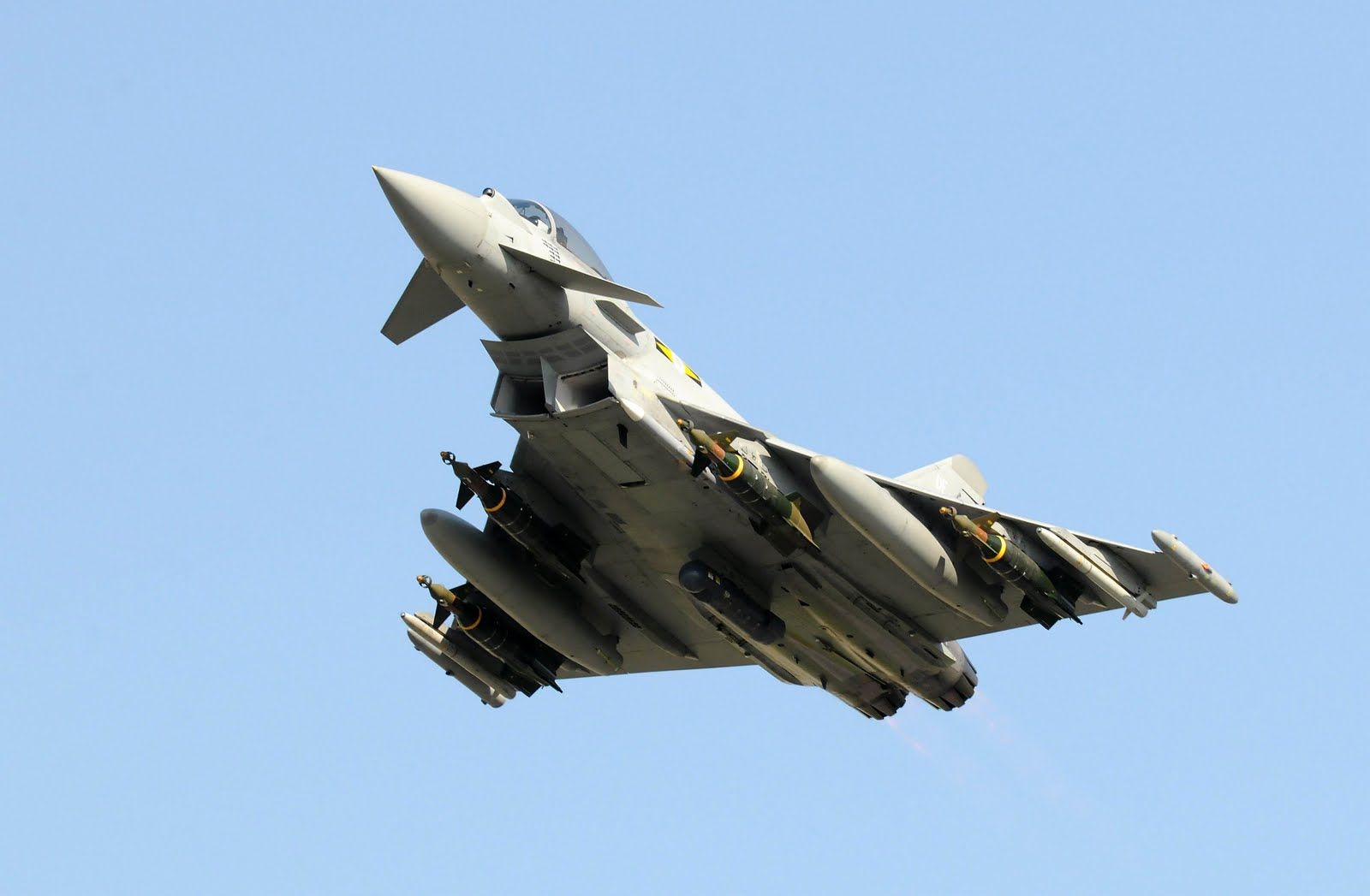
-
 Main AdminA U.S. Marine Corps MV-22B Osprey assigned to Marine Aviation Weapons and Tactics Squadron One (MAWTS-1) refuels during Weapons and Tactics Instructor course (WTI)1-17 at Yuma, Ariz., Oct. 20, 2016. The aerial refuel exercise was part of WTI 1-17, a seven-week training event hosted by MAWTS-1 cadre, which emphasizes operational integration of the six functions of Marine Corps aviation in support of a Marine Air Ground Task Force. MAWTS-1 provides standardized advanced tactical training and certification of unit instructor qualifications to support Marine Aviation Training and Readiness and assists in developing and employing aviation weapons and tactics. (U.S. Marine Corps photo by Lance Cpl. Danny Gonzalez)
Main AdminA U.S. Marine Corps MV-22B Osprey assigned to Marine Aviation Weapons and Tactics Squadron One (MAWTS-1) refuels during Weapons and Tactics Instructor course (WTI)1-17 at Yuma, Ariz., Oct. 20, 2016. The aerial refuel exercise was part of WTI 1-17, a seven-week training event hosted by MAWTS-1 cadre, which emphasizes operational integration of the six functions of Marine Corps aviation in support of a Marine Air Ground Task Force. MAWTS-1 provides standardized advanced tactical training and certification of unit instructor qualifications to support Marine Aviation Training and Readiness and assists in developing and employing aviation weapons and tactics. (U.S. Marine Corps photo by Lance Cpl. Danny Gonzalez)
F-15 Eagles assigned to the 142nd Fighter Wing taxi for the trip home following Exercise Vigilant Shield 2017, Yellowknife, Northwest Territories, Oct. 21, 2016. During this exercise, forces supporting North American Aerospace Defense Command (NORAD) deployed and conducted air sovereignty operations in the far north and the high Arctic demonstrating the ability to detect, identify and meet possible threats in some of the most remote regions in the world. (U.S. Air National Guard photo by Senior Master Sgt. Shelly Davison, 142nd Fighter Wing Public Affairs)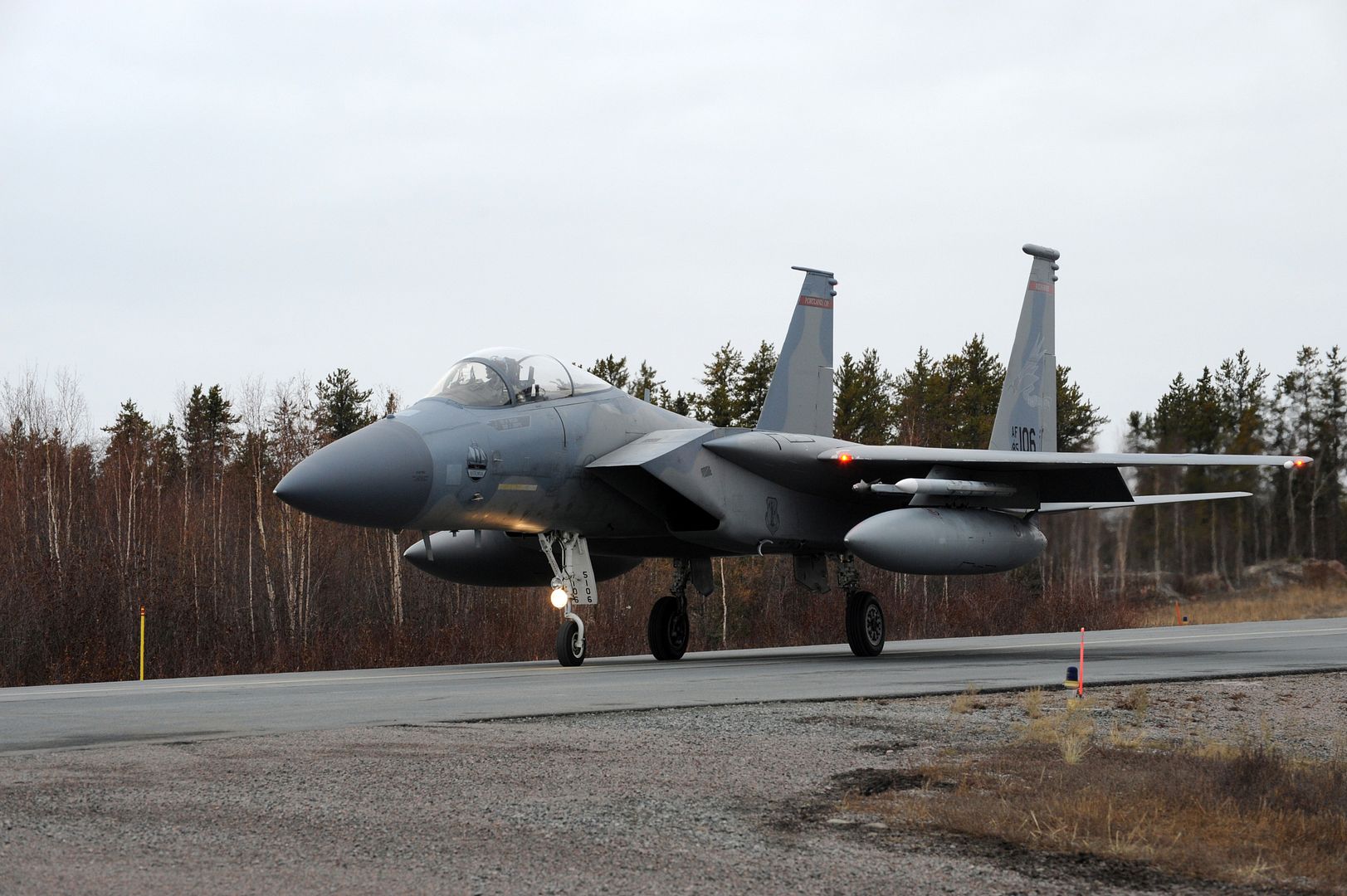
F-15 Eagles assigned to the 142nd Fighter Wing launch for the trip home following Exercise Vigilant Shield 2017, Yellowknife, Northwest Territories, Oct. 21, 2016. During this exercise, forces supporting North American Aerospace Defense Command (NORAD) deployed and conducted air sovereignty operations in the far north and the high Arctic demonstrating the ability to detect, identify and meet possible threats in some of the most remote regions in the world. (U.S. Air National Guard photo by Senior Master Sgt. Shelly Davison, 142nd Fighter Wing Public Affairs)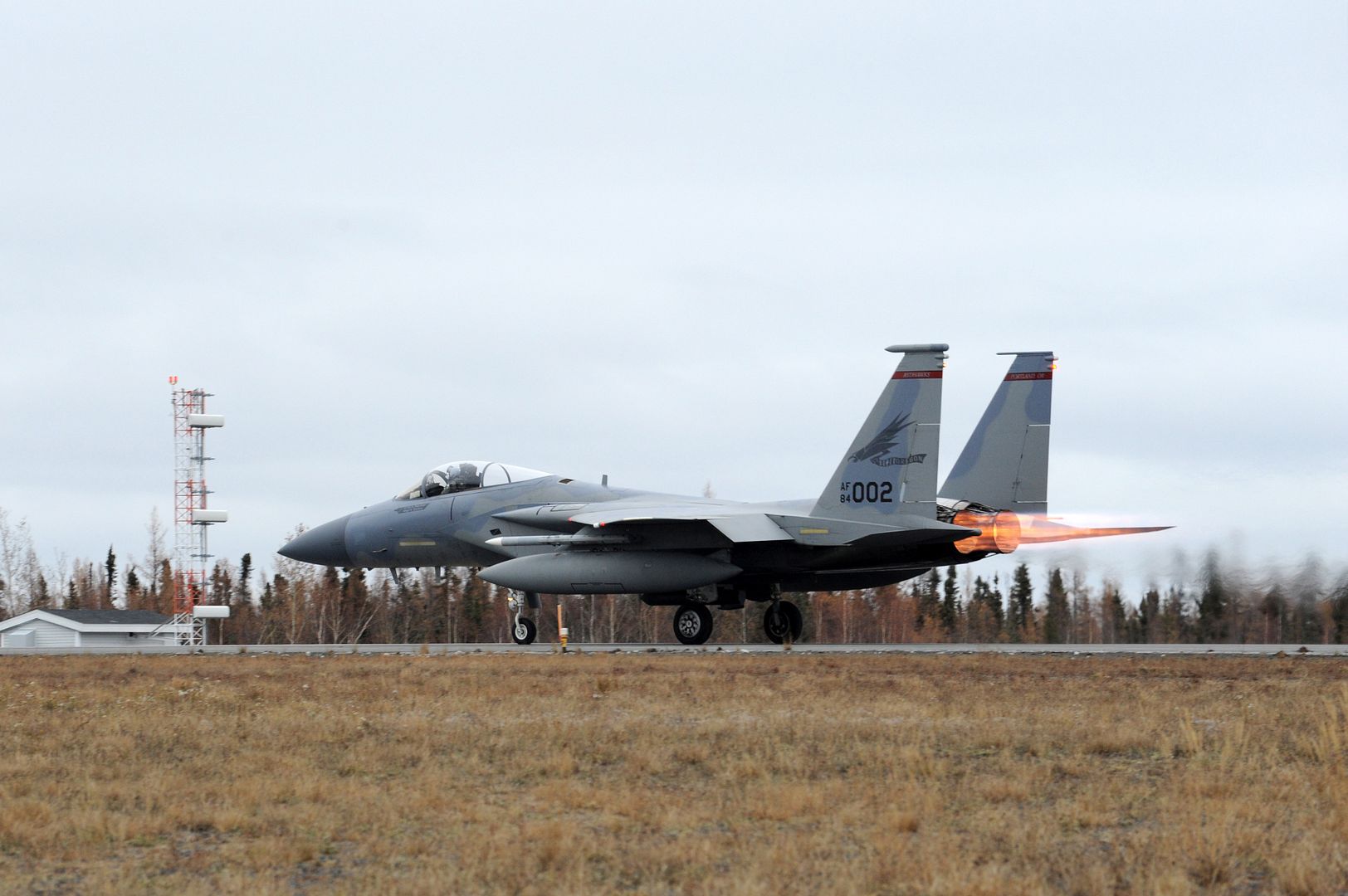
-
 Main AdminAn F-16 Fighting Falcon soars in the sky during a Range Day event at Misawa Air Base, Japan, Oct. 21, 2016. The F-16 is a compact, multi-role fighter aircraft that is hight maneiverable and has proven itself in air-to-air and air-to-surface attacks. (U.S. Air Force photo by Airman 1st Class Sadie Colbert)
Main AdminAn F-16 Fighting Falcon soars in the sky during a Range Day event at Misawa Air Base, Japan, Oct. 21, 2016. The F-16 is a compact, multi-role fighter aircraft that is hight maneiverable and has proven itself in air-to-air and air-to-surface attacks. (U.S. Air Force photo by Airman 1st Class Sadie Colbert)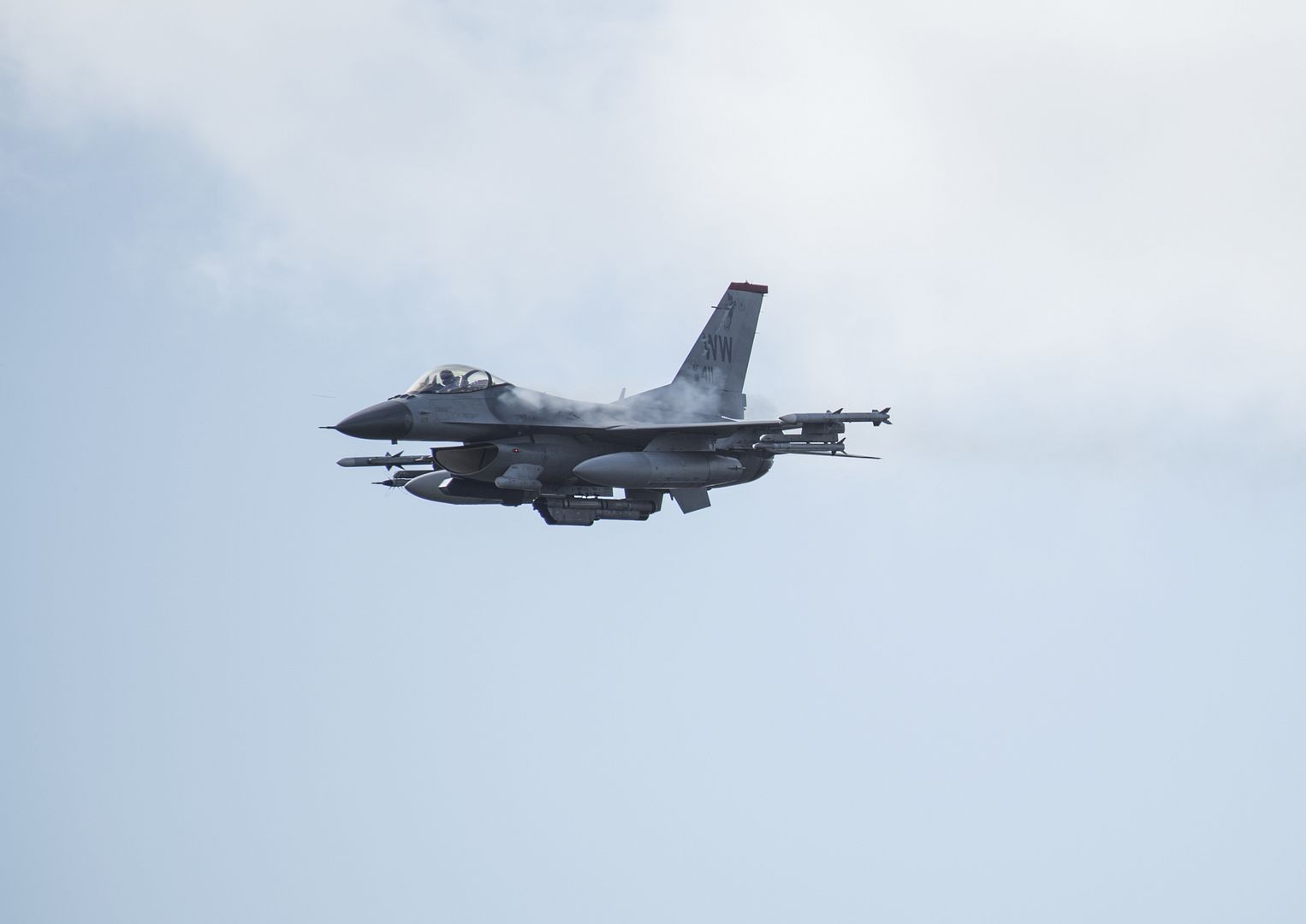
ARABIAN GULF (Oct. 21, 2016) Sailors standby to refuel an F/A-18F Super Hornet assigned to the Fighting Swordsmen of Strike Fighter Squadron (VFA) 32 on the flight deck of the aircraft carrier USS Dwight D. Eisenhower (CVN 69) (Ike). Ike and its Carrier Strike Group are deployed in support of Operation Inherent Resolve, maritime security operations and theater security cooperation efforts in the U.S. 5th Fleet area of operations. (U.S. Navy photo by Petty Officer 3rd Class Nathan T. Beard)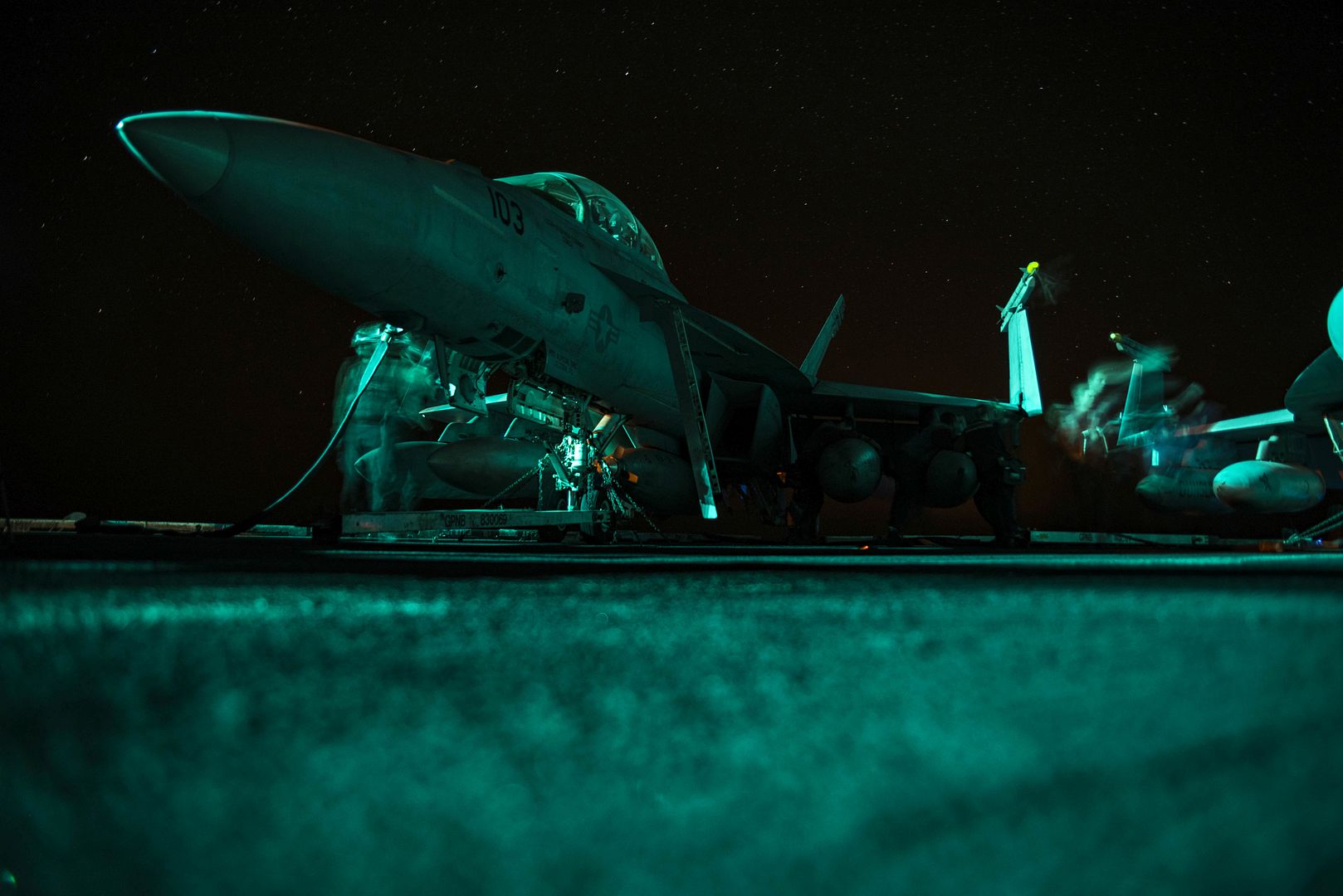
A U.S. Air Force C-130J Super Hercules waits to unload logistical supplies in support of the fight for Mosul at Qayyarah West airfield, Iraq, Oct. 22, 2016. This is the second aircraft to land there following completion of repairs to the runway after Da?esh damaged it in an attempt to disrupt Iraqi Security forces from gaining control of the area. Control of the Qayyarah West airfield has enabled the opening of an air corridor to support operations throughout northern Iraq. A Coalition of over 60 nations has formed to provide assistance and training to Iraqi forces to counter Da?esh, re-establish Iraq?s borders and re-take lost terrain thereby restoring regional stability and security. (U.S. Army photo by Spc. Christopher Brecht)
A Royal Air Force Eurofighter Typhoon assigned to the II Army Co-operation Squadron, moves into a runway, at Misawa Air Base, Japan, Oct. 22, 2016. The RAF and Japan Air Self-Defense Force kicked-off exercise Guardian North 16, which is the first bilateral exercise JASDF conducted with another foreign military, excluding the U.S. The RAF Typhoons are assigned to RAF Lossiemouth, located in Moray, Scotland. (U.S. Air Force photo's by Senior Airman Deana Heitzman)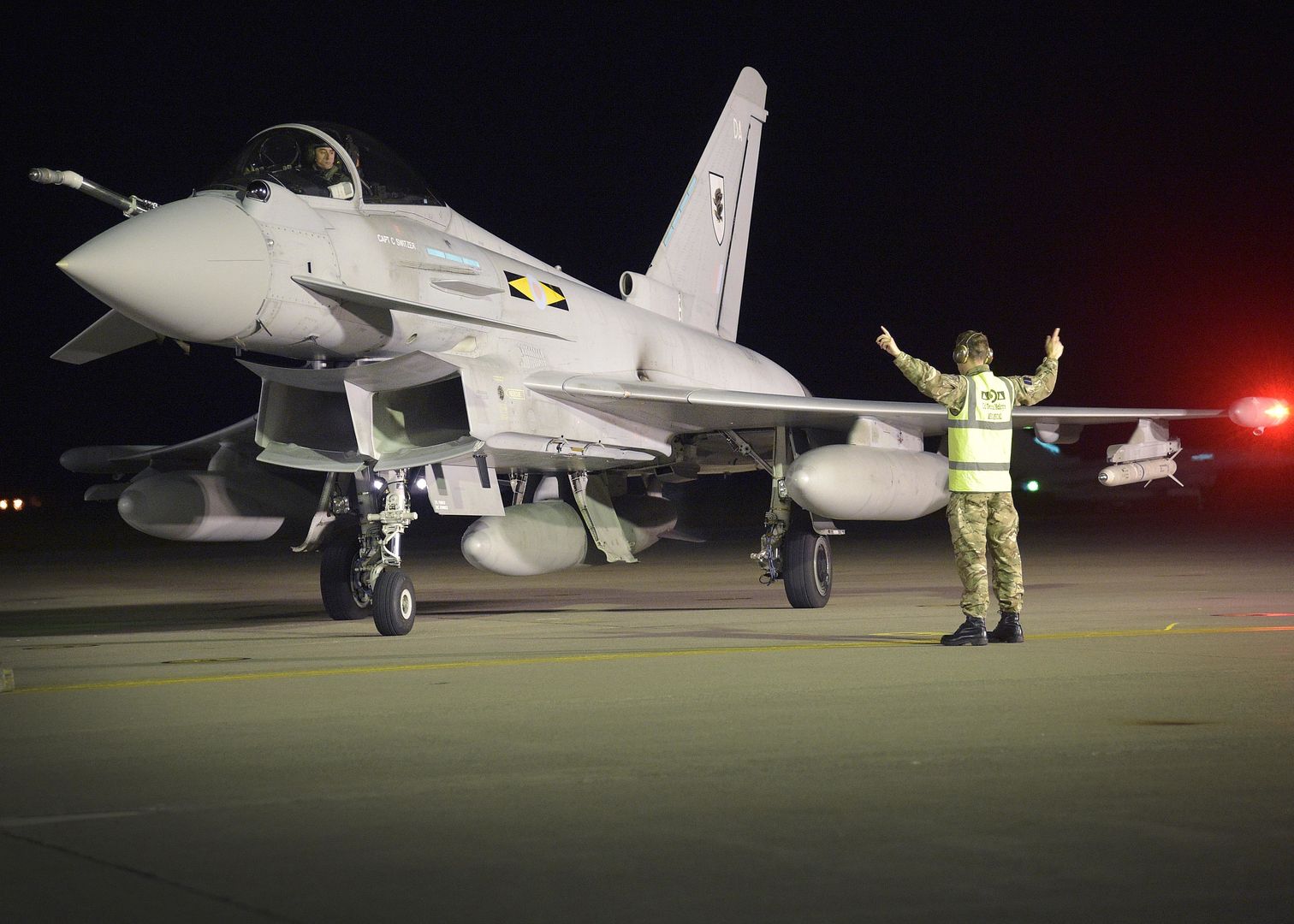

Australia has welcomed an Indonesian Air Force C-130 Hercules transport aircraft and crew to RAAF Base Richmond for Exercise Rajawali Ausindo 16.
From October 24 - 28, the Indonesian crews will work with their Royal Australian Air Force (RAAF) counterparts in a series of cooperative airdrop missions, including practising the delivery of humanitarian assistance and disaster relief support.
Air Commodore Richard Lennon, Commander of Air Mobility Group, said Exercise Rajawali Ausindo was key to ensuring cooperation during times of crisis.
?We?ll be conducting briefings and cultural exchange activities that allow us to share our knowledge and understanding of each other?s capability,? Air Commodore Lennon said.
?As new personnel join the ranks, it remains important for us to share a working-level relationship between our Air Forces.
?This exercise, coupled with professional training and the Hercules? robust nature, will enhance both countries? ability to provide support to events within the region.
?Australia remains committed to long-term bilateral cooperation with Indonesia and Exercise Rajawali Ausindo is an opportunity to strengthen cooperation, particularly between our Air Forces.?
Australian and Indonesian Air Forces have previously worked together utilising Hercules aircraft to deliver aid to the Philippines in the wake of Typhoon Haiyan in 2013, and the 2009 Padang Earthquake and 2004 Boxing Day Tsunami in Indonesia. As far back as 1974, Indonesia sent Hercules in response to Cyclone Tracy in Darwin.
This year marks the first time Exercise Rajawali Ausindo has been held at RAAF Base Richmond since 2006, having previously been held in Darwin, Malang, and Jakarta in the past 10 years.
?The Hercules is a critical part of how Indonesia and Australia each respond to crises within the Asia-Pacific region,? Air Commodore Lennon said.
?We both have a responsibility to support remote areas where a semi-prepared runway or small drop zone is often the quickest means of reaching communities in need.
?Australia and Indonesia have flown different variants of the Hercules since 1958 and 1960 respectively, making us the longest-running Hercules operators outside of the United States.?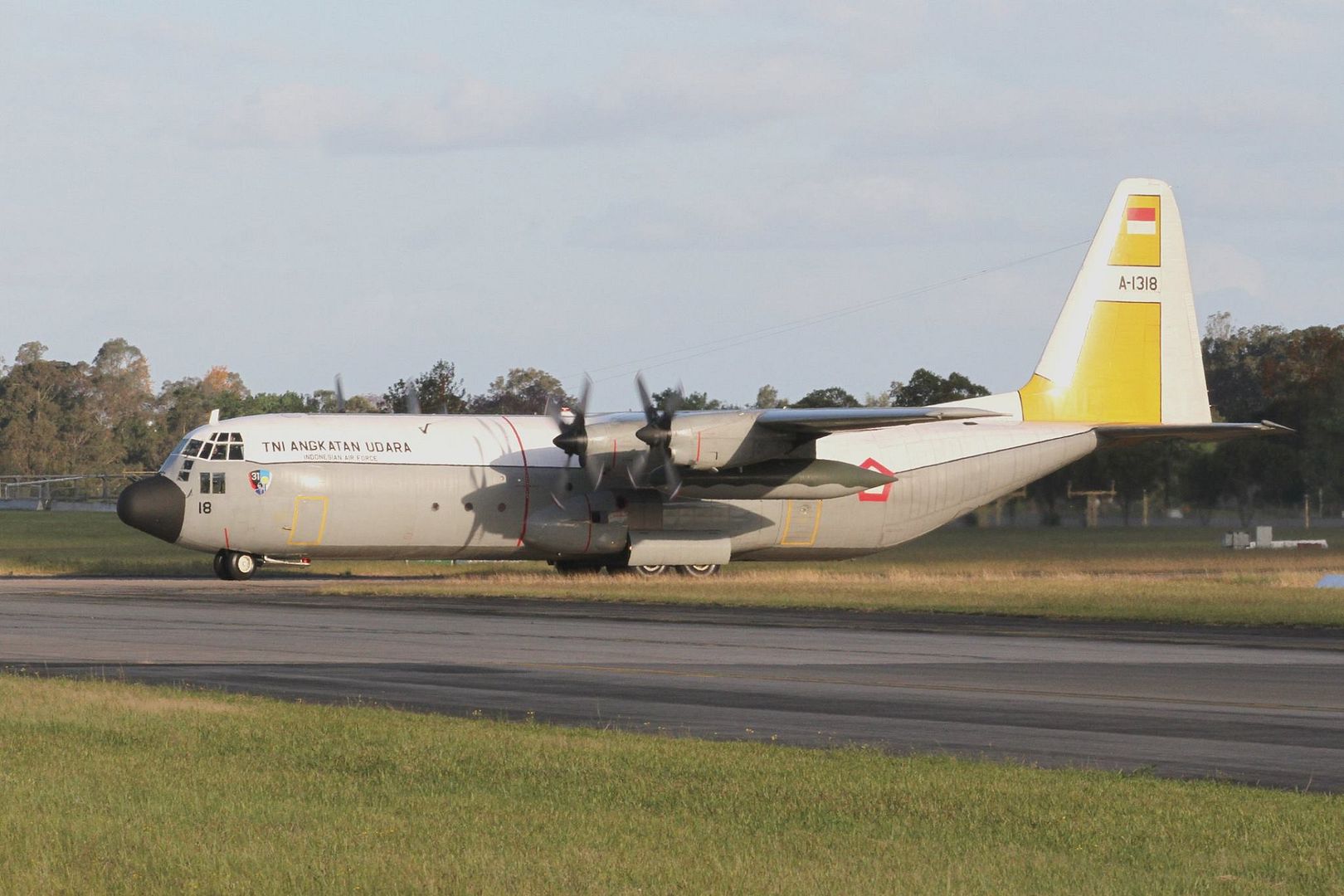
-
8 years agoTue Oct 25 2016, 09:11pm
 Main AdminU.S. Marine Corps CH-53E Super Stallions assigned to Marine Aviation Weapons and Tactics Squadron One (MAWTS-1) refuel during FINEX-3 near Yuma, Ariz., Oct. 22, 2016. FINEX-3 was part of Weapons Tactics Instructors (WTI) course 1-17, a seven week training event hosted by MAWTS-1 cadre which emphasizes operational integration of the six functions of Marine Corps aviation in support of a Marine Air Ground Task Force. MAWTS-1 provides standardized advanced tactical training and certification of unit instructor qualifications to support Marine aviation Training and Readiness and assists in developing and employing aviation weapons and tactics. (U.S. Marine Corps photo by Lance Cpl. Andrew Huff)
Main AdminU.S. Marine Corps CH-53E Super Stallions assigned to Marine Aviation Weapons and Tactics Squadron One (MAWTS-1) refuel during FINEX-3 near Yuma, Ariz., Oct. 22, 2016. FINEX-3 was part of Weapons Tactics Instructors (WTI) course 1-17, a seven week training event hosted by MAWTS-1 cadre which emphasizes operational integration of the six functions of Marine Corps aviation in support of a Marine Air Ground Task Force. MAWTS-1 provides standardized advanced tactical training and certification of unit instructor qualifications to support Marine aviation Training and Readiness and assists in developing and employing aviation weapons and tactics. (U.S. Marine Corps photo by Lance Cpl. Andrew Huff)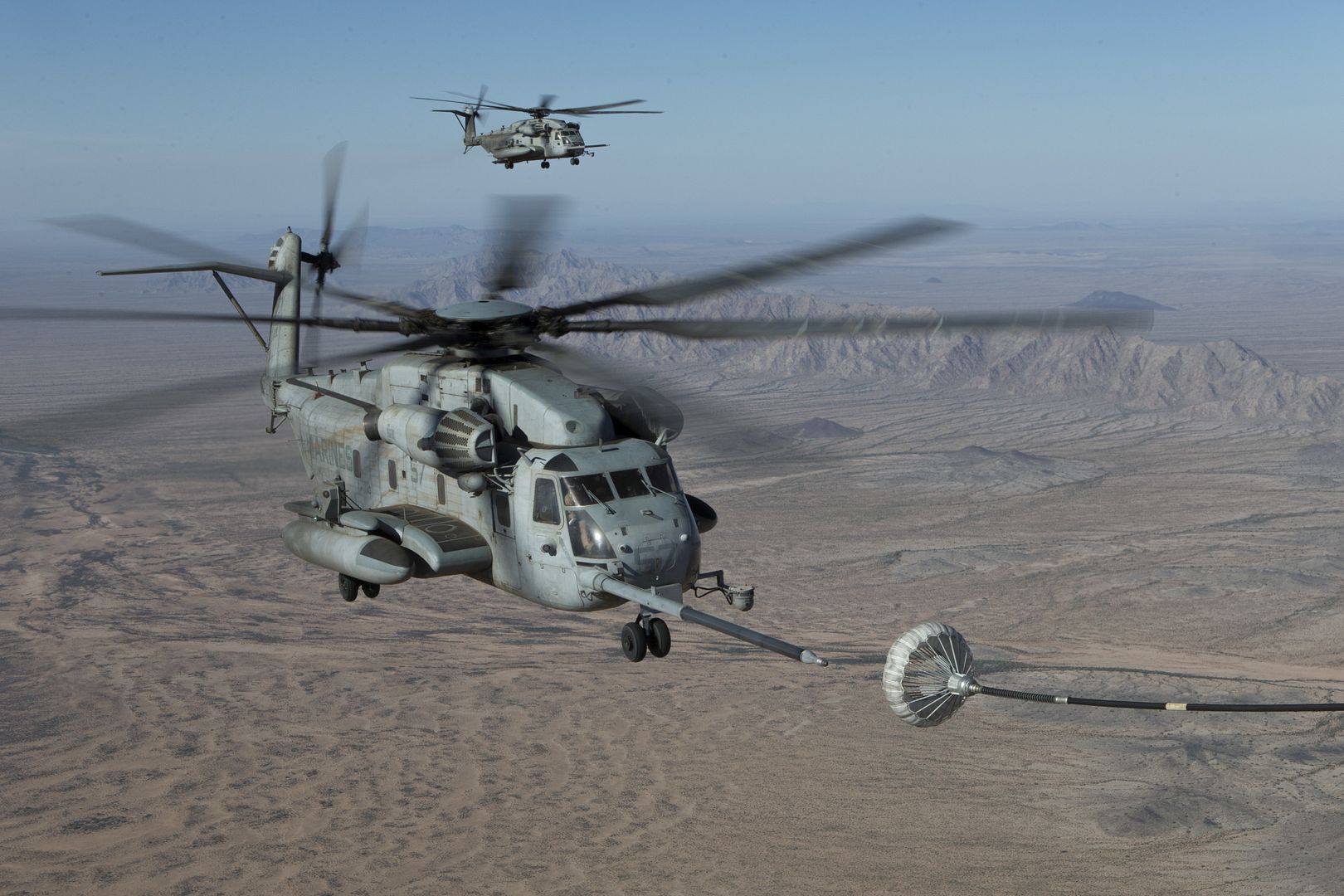
Aviators from 3rd Squadron, 17th Cavalry Regiment maneuver into their AH-64D Apache helicopter into the first firing position during an aerial gunnery on Fort Stewart October 21. The aerial gunnery is incorporated into the unit?s Light Horse Focus training exercise that allows aviators to maintain their qualifications while ground support personal expand their readiness. (U.S. Army photo by Spc. Scott Lindblom)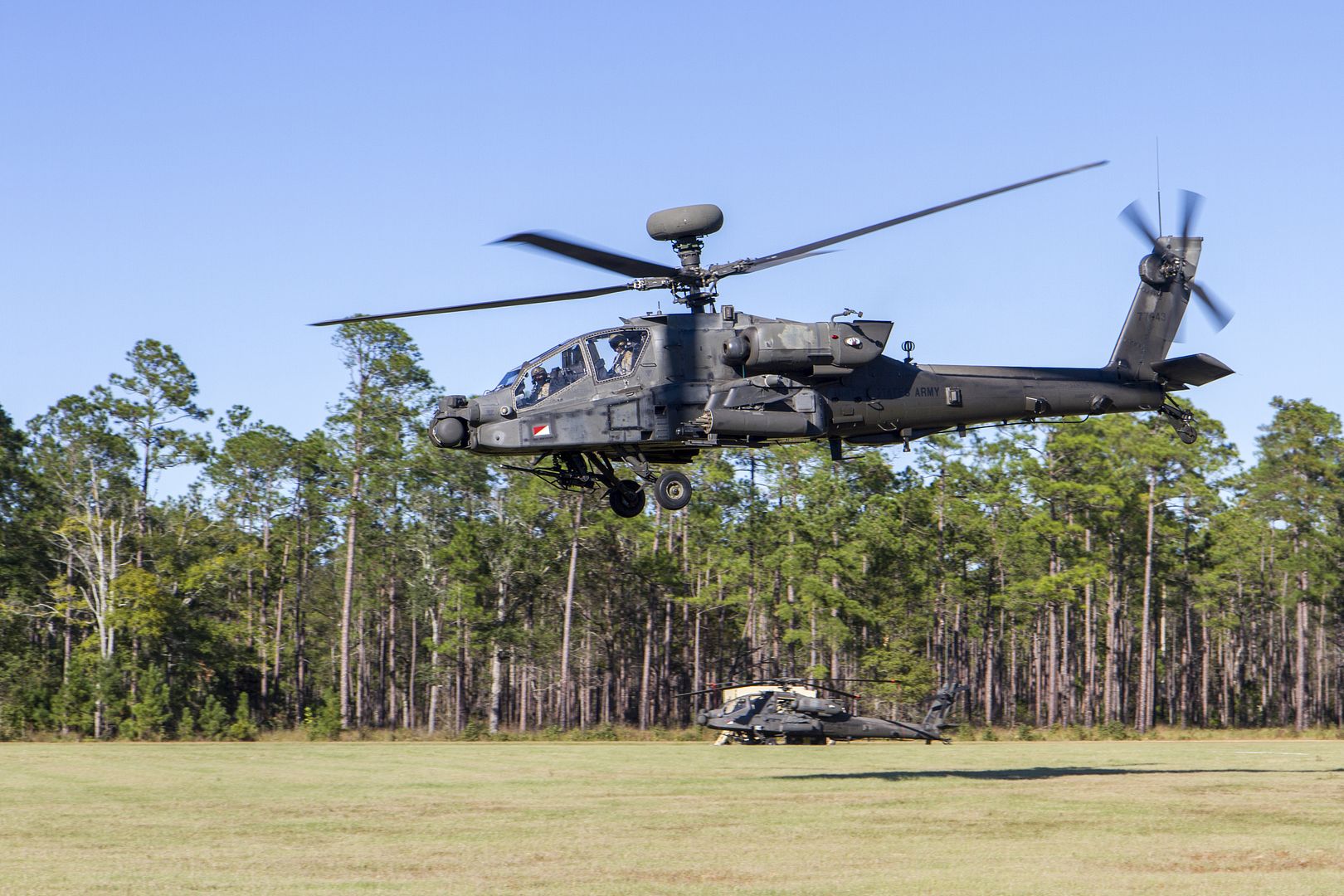
A Republic of Korea Air Force F-15K Slam Eagle multi-role fighter aircraft taxis down the Eielson Air Force Base, Alaska, flight line, Oct. 20, 2016, during RED FLAG-Alaska (RF-A) 17-1. RF-A enables joint and international units to sharpen their combat skills by flying simulated combat sorties in a realistic threat environment. (U.S. Air Force photo by Airman Eric M. Fisher) (Photo by Airman Eric M. Fisher)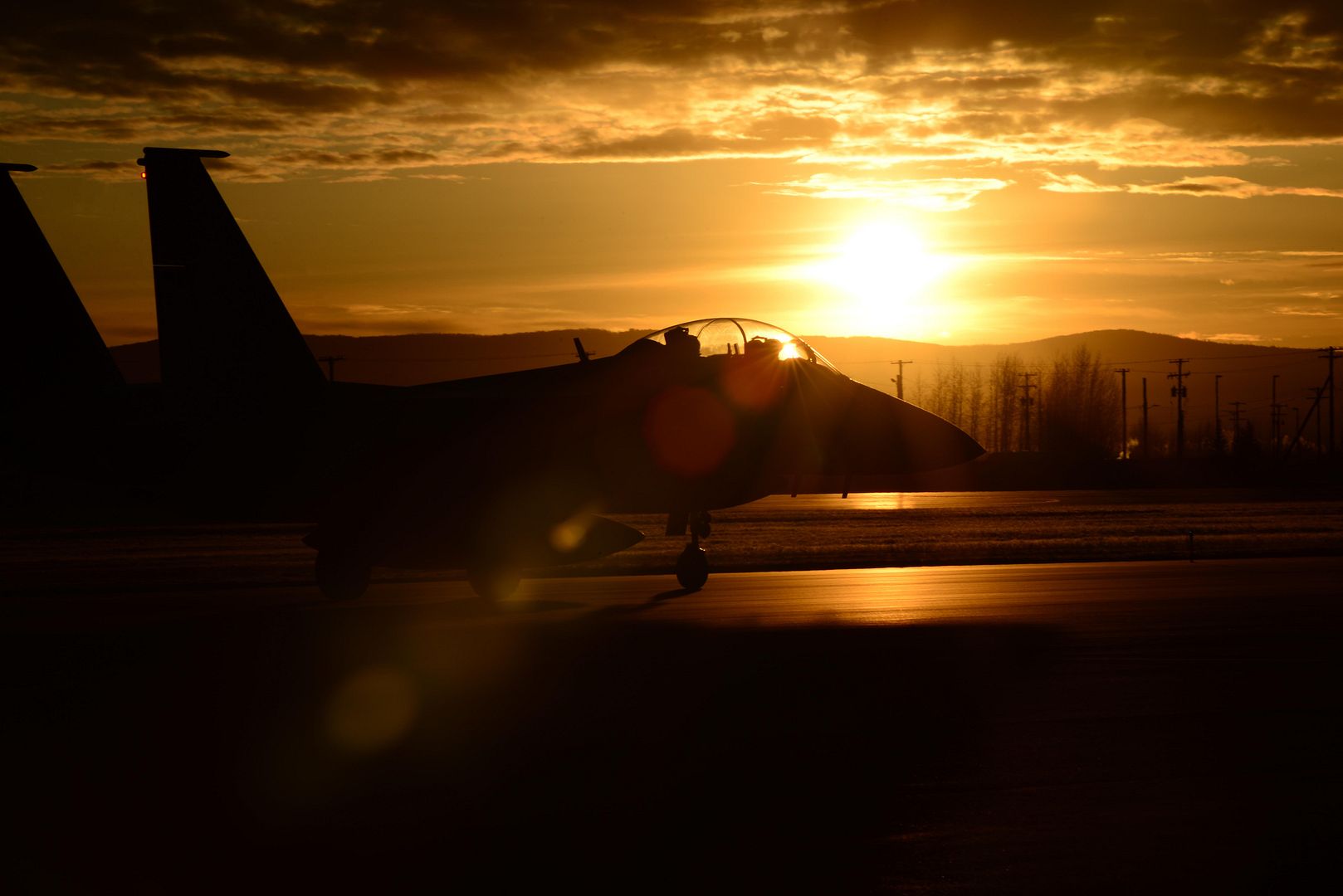
Japan Air Self-Defense Force and RAF fighter jets have taken to the skies of Japan on the first day of flying for exercise #GuardianNorth16.
II (AC) Sqn Typhoon pilots completed training sorties with crews from Misawa and Chitose Air Bases, flying air-to-air intercept scenarios over the Pacific Ocean.
RAF Lossiemouth, where 'Shiny Two' are based, shares many similarities with Japan's Northern Air Bases, including responsibility for Quick Reaction Alert.
Guardian North 16 marks the first bilateral exercise ever for the JASDF to host with foreign military other than the U.S.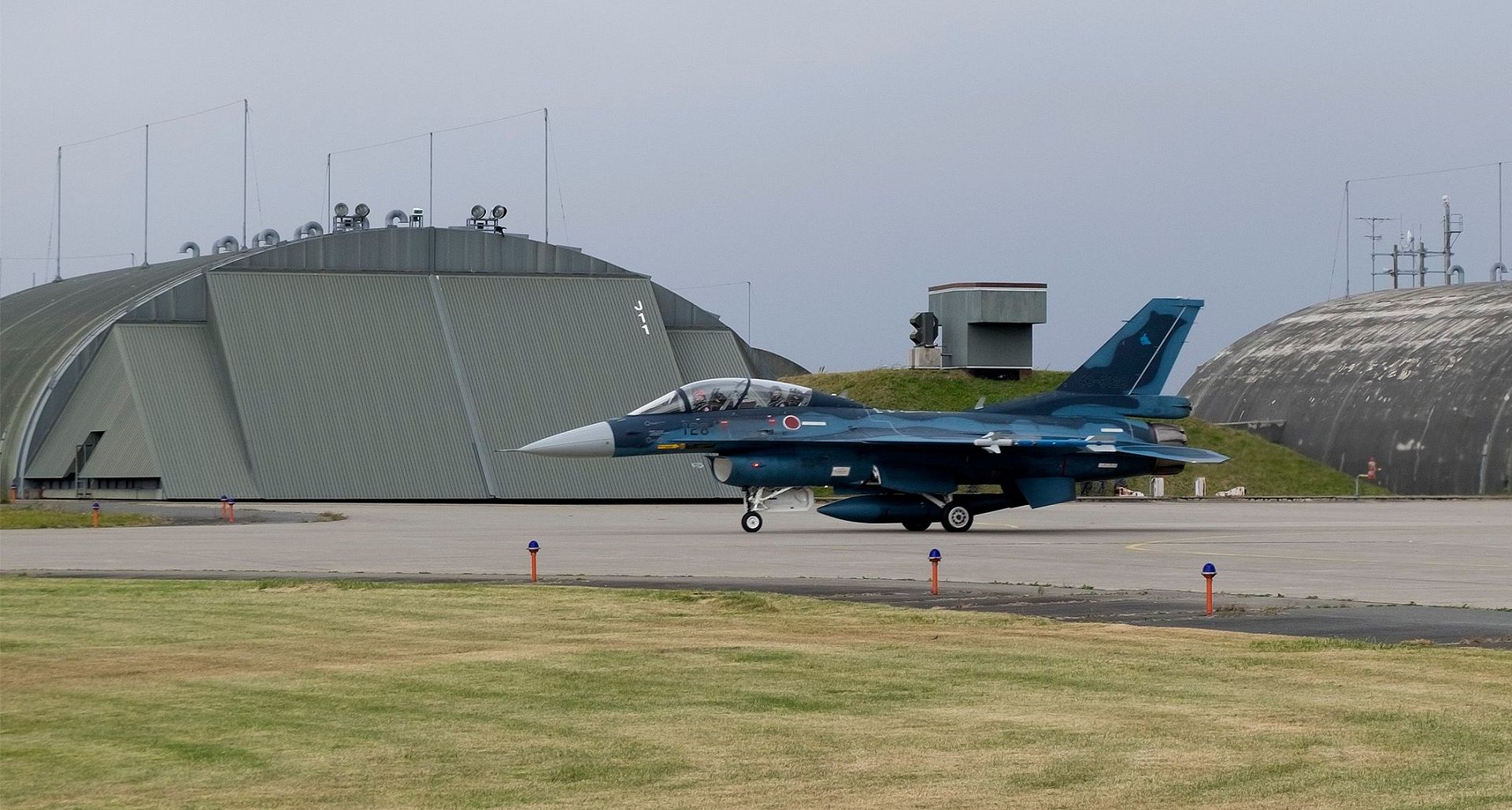
-
 Main AdminMEDITERRANEAN SEA (Oct. 24, 2016) A French Panther helicopter takes off from USS Ross (DDG 71) during flight quarters Oct. 24, 2016. Ross, an Arleigh Burke-class guided-missile destroyer, forward-deployed to Rota, Spain, is providing multi-warfare defense support to Charles de Gaulle carrier-based operations in the Eastern Mediterranean against identified ISIL positions in support of Operation Inherent Resolve. (U.S. Navy photo by Petty Officer 1st Class Theron J. Godbold/Released)
Main AdminMEDITERRANEAN SEA (Oct. 24, 2016) A French Panther helicopter takes off from USS Ross (DDG 71) during flight quarters Oct. 24, 2016. Ross, an Arleigh Burke-class guided-missile destroyer, forward-deployed to Rota, Spain, is providing multi-warfare defense support to Charles de Gaulle carrier-based operations in the Eastern Mediterranean against identified ISIL positions in support of Operation Inherent Resolve. (U.S. Navy photo by Petty Officer 1st Class Theron J. Godbold/Released)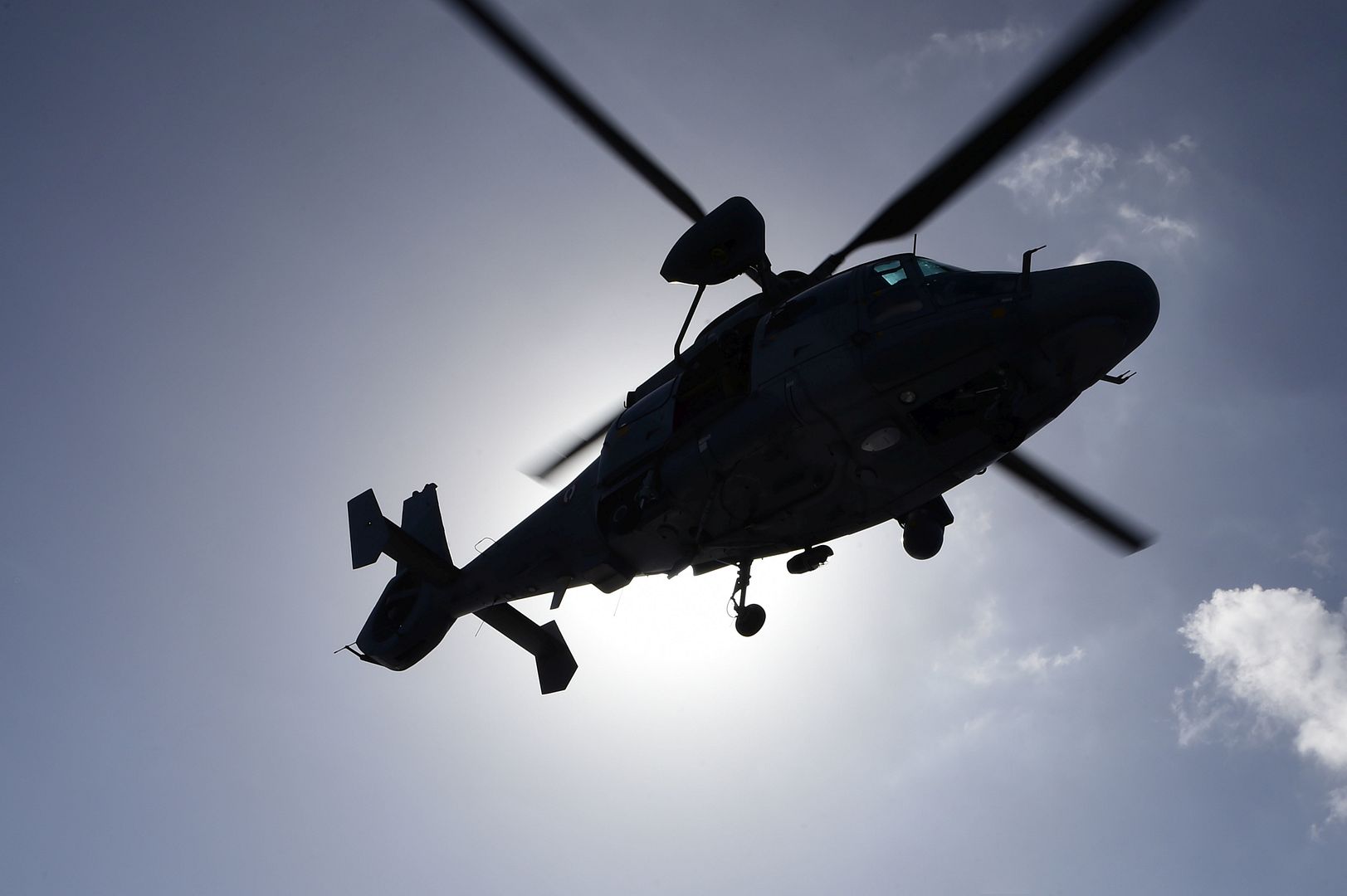
An F/A-18E Super Hornet assigned to the Gunslingers of Strike Fighter Squadron (VFA) 105 launches from the flight deck of the aircraft carrier USS Dwight D. Eisenhower (CVN 69). The ship and its Carrier Strike Group are deployed in support of Operation Inherent Resolve, maritime security operations and theater security cooperation efforts in the U.S. 5th Fleet area of operations. U.S. Navy photo by Petty Officer 3rd Class Nathan T. Beard (Released)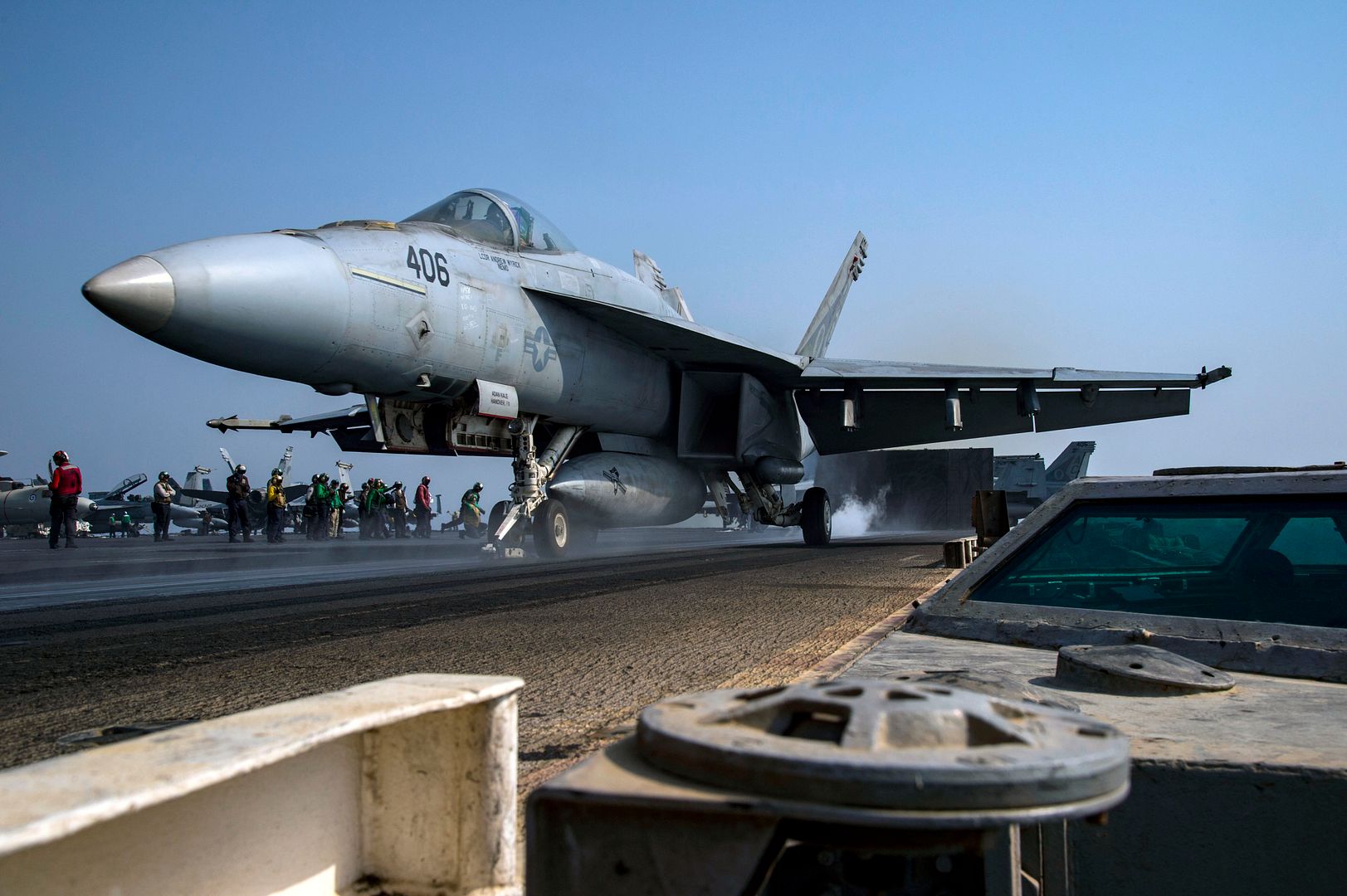
26 October 2016 Press Release
Scandinavia?s leading carrier becomes operator of world?s most fuel efficient single aisle
Scandinavian Airlines (SAS), has taken delivery of its first of 30 A320neo aircraft ordered, becoming the first Arline in Scandinavia to operate the world?s most fuel efficient single aisle aircraft.
SAS ordered the A320neo as part of its strategy to modernize its fleet with more fuel-efficient aircraft, reducing environmental impact such as emissions and aircraft noise. The A320neo will join SAS?s existing Airbus fleet of 25 A320 Family aircraft, eight A330s and eight A340s.
SAS?s A320neo is configured in a comfortable single class layout with 174 seats. The aircraft is powered by CFM International LEAP-1A engines and will be deployed on short to medium-haul routes from its Scandinavian home bases to destinations throughout Europe.
The A320 Family is the world?s best-selling single aisle product line with more than 12,750 orders since launch and more than 7,200 aircraft delivered to more than 300 operators worldwide. The A320neo Family incorporates latest technologies including new generation engines and Sharklet wing tip devices, which together deliver more than 15 percent in fuel savings from day one and 20 percent by 2020.
RAAF Base Williamtown, members and aircraft are preparing for ceremonial activities to mark the ?Centenary of Australia?s first flying Squadrons'(1916 ? 2016).
In preparation leading up to the official ceremony on Friday 28 Oct 16, four of our F/A-18A Classic Hornets from Number 3 Squadron and an F/A-18F Super Hornet from Number 1 Squadron will be conducting flying display practice over RAAF Base Williamtown.
The practices will occur Thursday 27 Oct 2016:
9:30am - 10:30am (four F/A-18A Classic Hornets)
1:45pm - 2:30pm (one F/A-18F Super Hornet)
Flying practice is subject to variables including weather and aircraft availability, and may be subject to cancellation at short notice.
Full details of the practice display available on our Flying Operations webpage - http://bit.ly/FlyingOps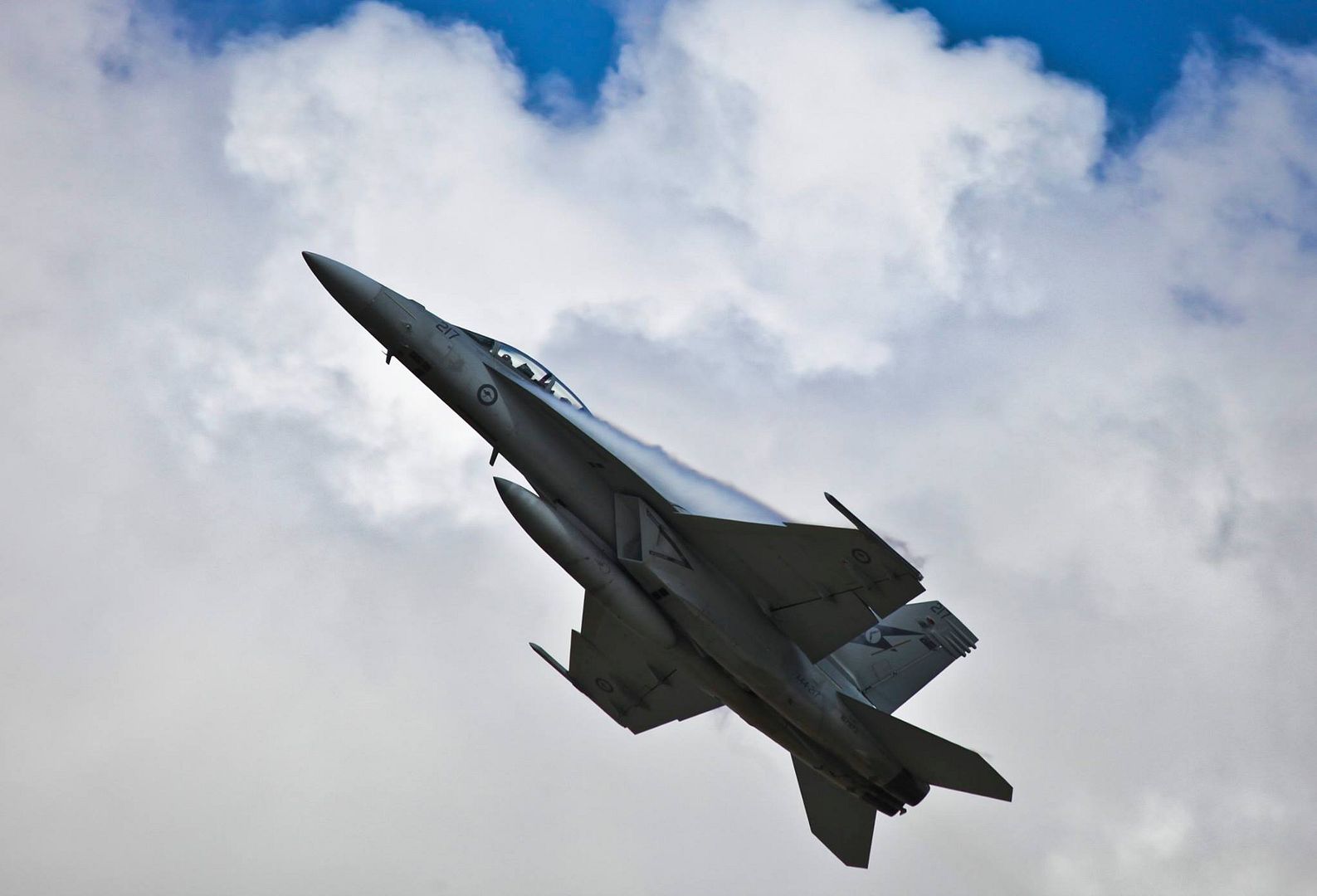
-
8 years ago
 Level 1
Level 1
Duggy
An F-16 Fighting Falcon soars in the sky during a Range Day event at Misawa Air Base, Japan, Oct. 21, 2016. The F-16 is a compact, multi-role fighter aircraft that is hight maneiverable and has proven itself in air-to-air and air-to-surface attacks. (U.S. Air Force photo by Airman 1st Class Sadie Colbert)
ARABIAN GULF (Oct. 21, 2016) Sailors standby to refuel an F/A-18F Super Hornet assigned to the Fighting Swordsmen of Strike Fighter Squadron (VFA) 32 on the flight deck of the aircraft carrier USS Dwight D. Eisenhower (CVN 69) (Ike). Ike and its Carrier Strike Group are deployed in support of Operation Inherent Resolve, maritime security operations and theater security cooperation efforts in the U.S. 5th Fleet area of operations. (U.S. Navy photo by Petty Officer 3rd Class Nathan T. Beard)
A U.S. Air Force C-130J Super Hercules waits to unload logistical supplies in support of the fight for Mosul at Qayyarah West airfield, Iraq, Oct. 22, 2016. This is the second aircraft to land there following completion of repairs to the runway after Da?esh damaged it in an attempt to disrupt Iraqi Security forces from gaining control of the area. Control of the Qayyarah West airfield has enabled the opening of an air corridor to support operations throughout northern Iraq. A Coalition of over 60 nations has formed to provide assistance and training to Iraqi forces to counter Da?esh, re-establish Iraq?s borders and re-take lost terrain thereby restoring regional stability and security. (U.S. Army photo by Spc. Christopher Brecht)
A Royal Air Force Eurofighter Typhoon assigned to the II Army Co-operation Squadron, moves into a runway, at Misawa Air Base, Japan, Oct. 22, 2016. The RAF and Japan Air Self-Defense Force kicked-off exercise Guardian North 16, which is the first bilateral exercise JASDF conducted with another foreign military, excluding the U.S. The RAF Typhoons are assigned to RAF Lossiemouth, located in Moray, Scotland. (U.S. Air Force photo's by Senior Airman Deana Heitzman)

Australia has welcomed an Indonesian Air Force C-130 Hercules transport aircraft and crew to RAAF Base Richmond for Exercise Rajawali Ausindo 16.
From October 24 - 28, the Indonesian crews will work with their Royal Australian Air Force (RAAF) counterparts in a series of cooperative airdrop missions, including practising the delivery of humanitarian assistance and disaster relief support.
Air Commodore Richard Lennon, Commander of Air Mobility Group, said Exercise Rajawali Ausindo was key to ensuring cooperation during times of crisis.
?We?ll be conducting briefings and cultural exchange activities that allow us to share our knowledge and understanding of each other?s capability,? Air Commodore Lennon said.
?As new personnel join the ranks, it remains important for us to share a working-level relationship between our Air Forces.
?This exercise, coupled with professional training and the Hercules? robust nature, will enhance both countries? ability to provide support to events within the region.
?Australia remains committed to long-term bilateral cooperation with Indonesia and Exercise Rajawali Ausindo is an opportunity to strengthen cooperation, particularly between our Air Forces.?
Australian and Indonesian Air Forces have previously worked together utilising Hercules aircraft to deliver aid to the Philippines in the wake of Typhoon Haiyan in 2013, and the 2009 Padang Earthquake and 2004 Boxing Day Tsunami in Indonesia. As far back as 1974, Indonesia sent Hercules in response to Cyclone Tracy in Darwin.
This year marks the first time Exercise Rajawali Ausindo has been held at RAAF Base Richmond since 2006, having previously been held in Darwin, Malang, and Jakarta in the past 10 years.
?The Hercules is a critical part of how Indonesia and Australia each respond to crises within the Asia-Pacific region,? Air Commodore Lennon said.
?We both have a responsibility to support remote areas where a semi-prepared runway or small drop zone is often the quickest means of reaching communities in need.
?Australia and Indonesia have flown different variants of the Hercules since 1958 and 1960 respectively, making us the longest-running Hercules operators outside of the United States.?
-
8 years ago
 Level 1Todd Engineering has just secured a ?250,000 order to replace the existing paint facility at the United States Airforce base in Spangdehelm, Germany.
Level 1Todd Engineering has just secured a ?250,000 order to replace the existing paint facility at the United States Airforce base in Spangdehelm, Germany.
-
 Main AdminMembers of the 179th Airlift Wing Maintenance Group work on the C-130H Hercules in the early morning at the 179th Airlift Wing, Mansfield, Ohio, as part of normal training operations, Oct. 26, 2016. The 179th Airlift Wing is always on a mission to be the first choice to respond to state and federal missions with a trusted team of Airmen. (U.S. Air National Guard photo by Tech. Sgt. Joe Harwood\Released
Main AdminMembers of the 179th Airlift Wing Maintenance Group work on the C-130H Hercules in the early morning at the 179th Airlift Wing, Mansfield, Ohio, as part of normal training operations, Oct. 26, 2016. The 179th Airlift Wing is always on a mission to be the first choice to respond to state and federal missions with a trusted team of Airmen. (U.S. Air National Guard photo by Tech. Sgt. Joe Harwood\Released
A 44th Fighter Squadron F-15 Eagle parks on the flightline Oct. 26, 2016, at Kadena Air Base, Japan. Aircraft from the 44th FS returned to Kadena after more than three months away for training. (U.S. Air Force photo by Airman 1st Class Corey M. Pettis/Released)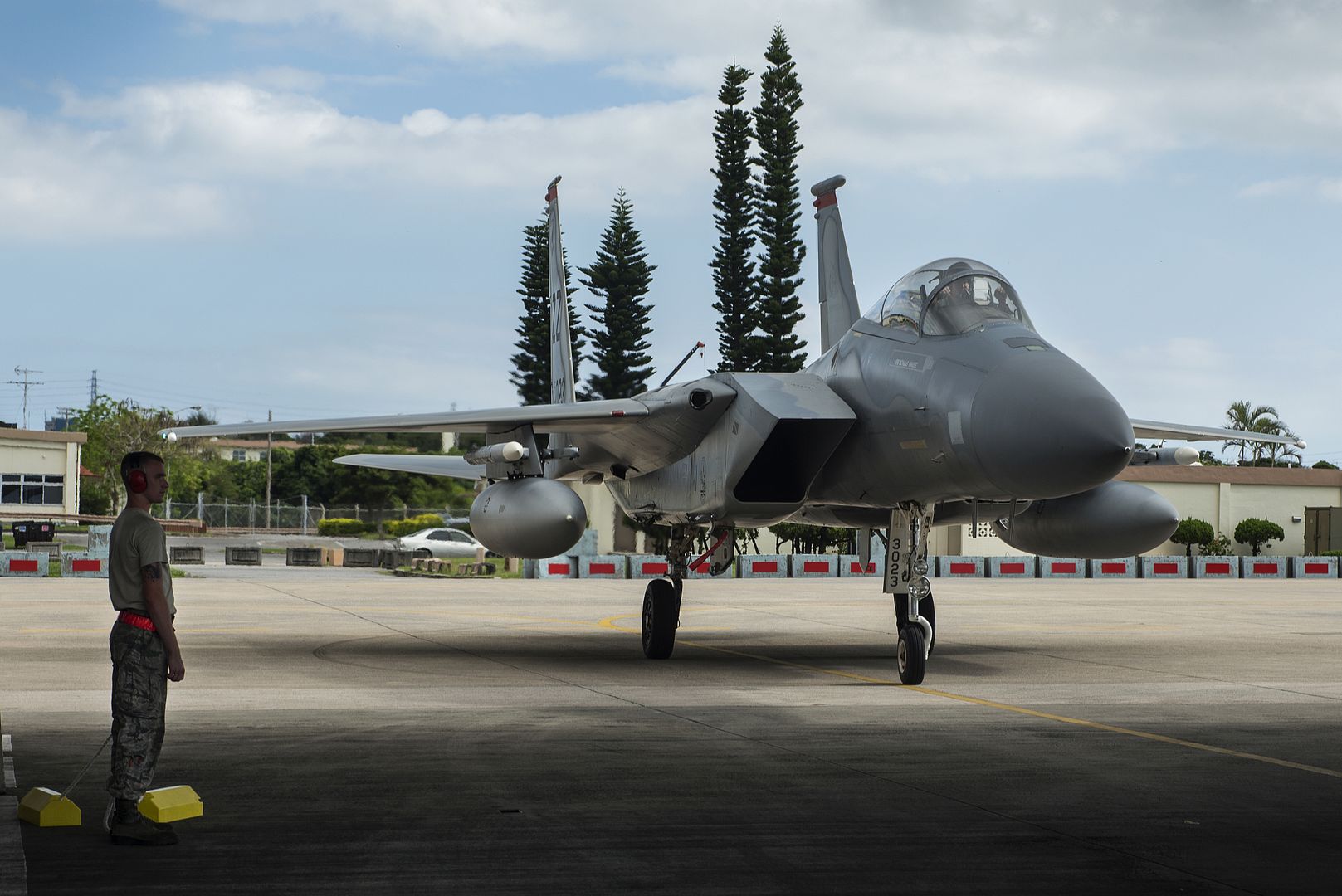
PACIFIC OCEAN (Oct. 25, 2016) An F/A-18E Super Hornet from Strike Fighter Squadron (VFA) 2 ?Bounty Hunters? prepares to make an arrested landing on the aircraft carrier USS Carl Vinson (CVN 70) flight deck. Carl Vinson is underway conducting Composite Training Unit Exercise (COMPTUEX) off the coast of Southern California. (U.S. Navy Photo by Petty Officer 3rd Class Sean Castellano/Released)
AH-64D apaches from 1st Attack Reconnaissance Battalion, 82nd Combat Aviation Brigade, descends onto the forward rearming and refueling point to re-load its weapon systems, during an aerial gunnery exercise, at Fort A.P. Hill, Va., Oct. 26. (U.S. Army photo by Cpl. Randis Monroe)
A French Dassault Rafale receives fuel from a KC-10 near Iraq, Oct. 26, 2016. The Dassault Rafale is a twin-engine, multi-role fighter equipped with diverse weapons to ensure its success as a omnirole aircraft. The Rafale has flown in combat missions in several countries including Afghanistan, Libya, Syria and now it's supporting the liberation of Mosul in Iraq. (U.S. Air Force photo by Senior Airman Tyler Woodward)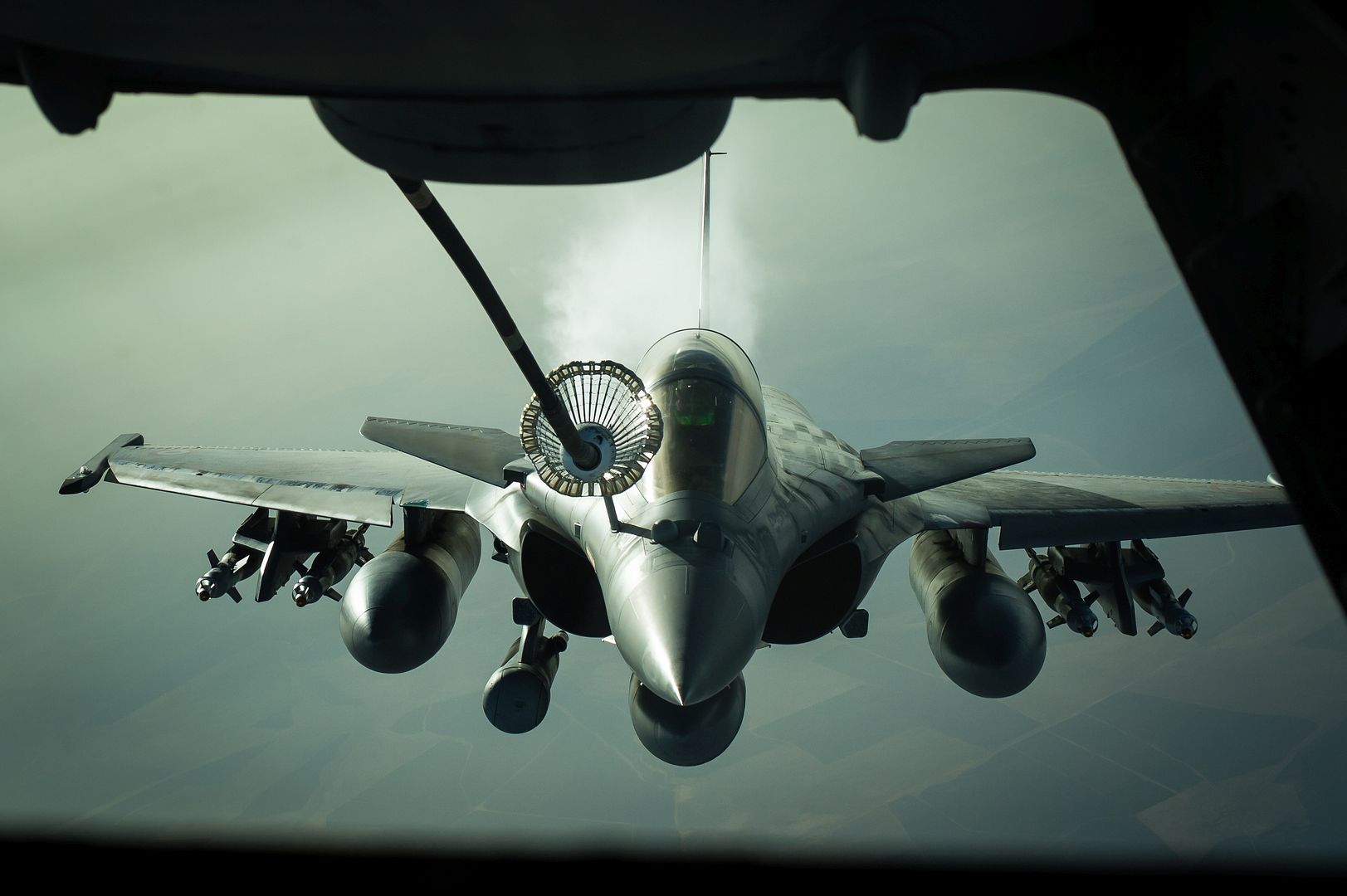
A Royal Danish Air Force F-16 separates from a KC-10 after refueling near Iraq, Oct. 26, 2016. The RDAF F-16s are providing close air support with several other coalition airframes working to liberate the city of Mosul, Iraq. (U.S. Air Force photo by Senior Airman Tyler Woodward)
A U.S. Marines EA-6B Prowler seperates from a KC-10 Extender refueling operation near Iraq, Oct. 26, 2016. Prowlers specialize in interrupting enemy electronic activity and obtaining tactical electronic intelligence within the combat area. The Prowler has provided protection for strike aircraft, ground troops and ships by jamming enemy radar and communications in the support of the liberation of Mosul, Iraq. (U.S. Air Force photo by Senior Airman Tyler Woodward)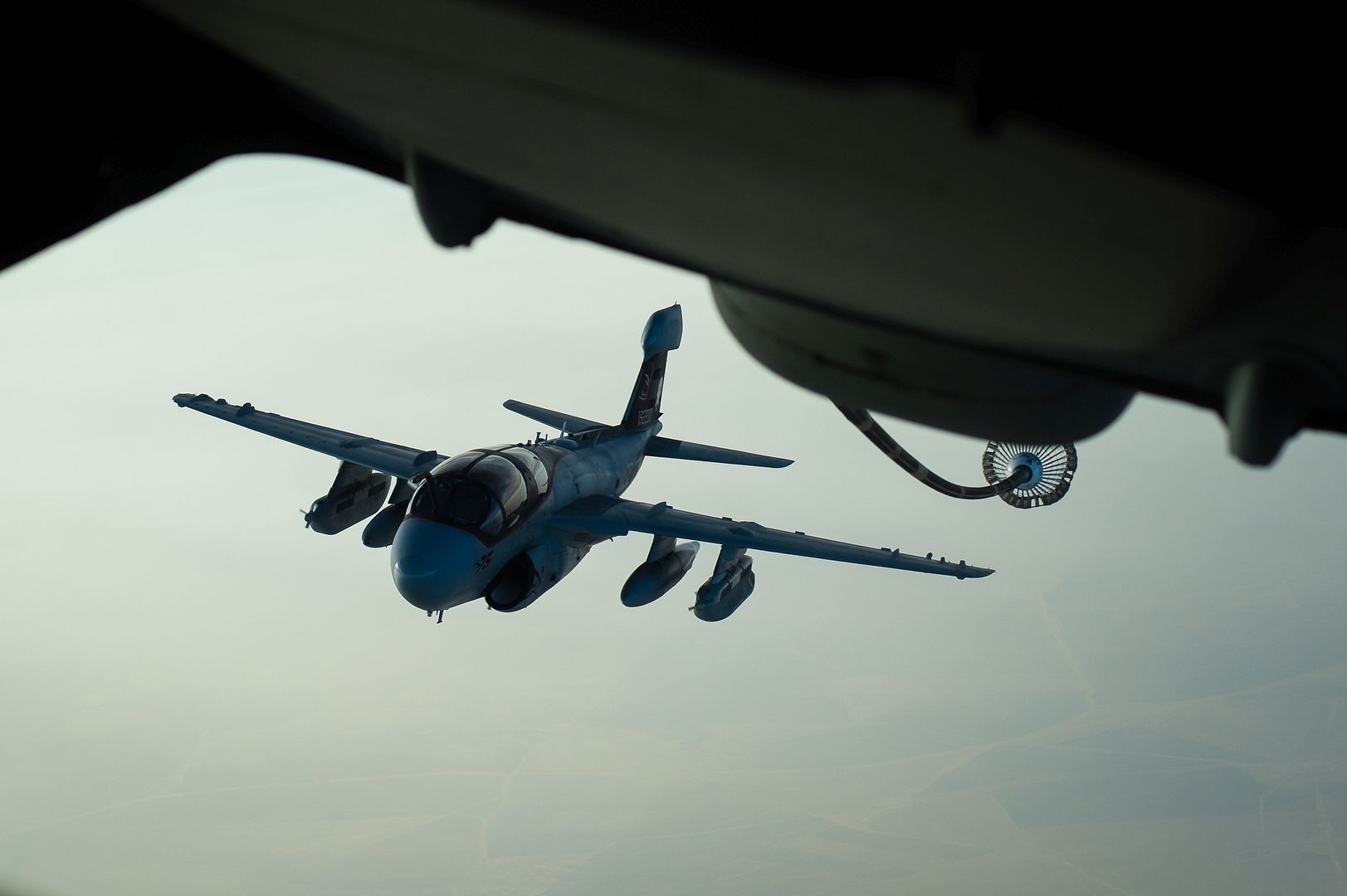
U.S. Air Force C-17 Globemaster III sits on the flight line after day missions at the Gulfport Combat Readiness Training Center, Miss., during Southern Strike 17, Oct. 26, 2017. Southern Strike 17 is a total force, multi-service training exercise hosted by the Mississippi Air National Guard?s Combat Readiness Training Center in Gulfport, from Oct. 24 through Nov. 4, 2016. The exercise emphasizes air-to-air, air-to-ground and special operations forces training opportunities. These events are integrated into demanding hostile and asymmetric scenarios with actions from specialized ground forces and combat and mobility air forces. (U.S. Air Force photo)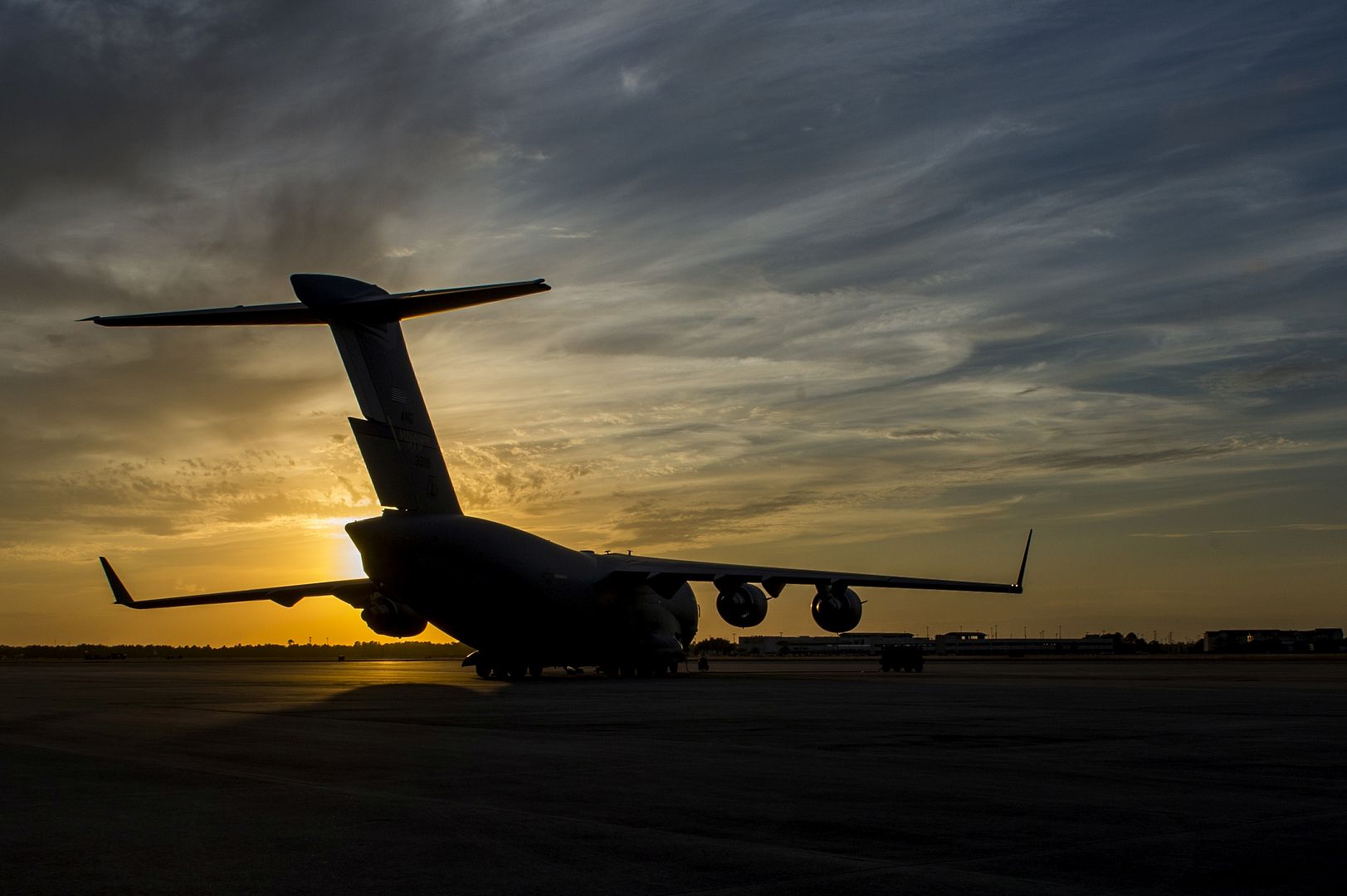
Two U.S. Marine Corps F/A-18D Hornets with Marine All-Weather Fighter Attack Squadron (VMFA (AW)) 225, taxi down the runway upon arrival to Sam Ratulangi International Airport, Indonesia, in preparation of exercise Cope West 17, Oct. 27, 2016. This fighter-focused, bilateral exercise between the U.S. Marine Corps and Indonesian Air Force is designed to enhance the readiness of combined interoperability between the two nations. (U.S. Marine Corps photo by Lance Cpl. Aaron Henson)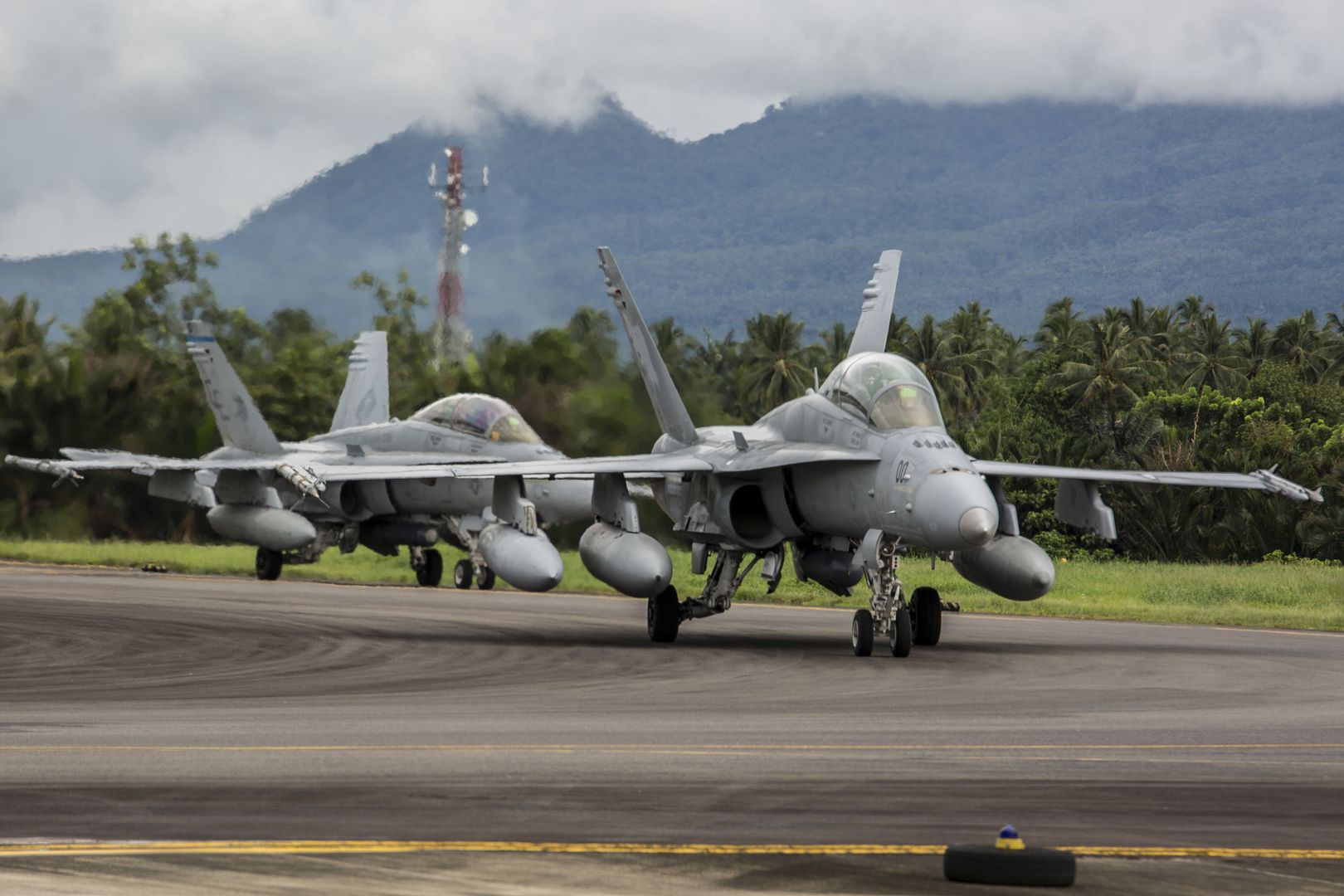
ZURICH, Oct. 26, 2016 /PRNewswire/ -- Boeing [NYSE: BA] and Swiss International Air Lines (SWISS) today confirmed a new order for one 777-300ER (Extended Range), valued at $339.6 million at list prices. The Swiss airline had previously ordered nine 777s and taken delivery of six this year as it continues to establish the 777-300ER as its flagship.
"The 777-300ER will be the backbone of our long-haul fleet for many years to come," said Peter Wojahn, Chief Technical Officer, Swiss International Air Lines. "As one of the largest operators of the 777-300ER in Europe we can offer our passengers unrivalled frequency and passenger comfort to a number of intercontinental markets thanks to this super-efficient long-haul aircraft."
The 777-300ER is the most fuel and cost-efficient airplane in its class as well as the most reliable twin-aisle aircraft in the world. It also has the highest cargo capability of any passenger airplane.
"We value the continued confidence SWISS places in the 777 program and are honored that the 777-300ER will continue to play a prominent role in the airline's expansion plans," said Monty Oliver, Vice President, European Sales, Boeing Commercial Airplanes.
The 777-300ER has consistently won many accolades including "Best Aircraft Type" based on passenger preference polls, "Best in Class" based on fuel burn, passenger load cost and performance and "Best Residual Value for a Twin Aisle Airplane" among others.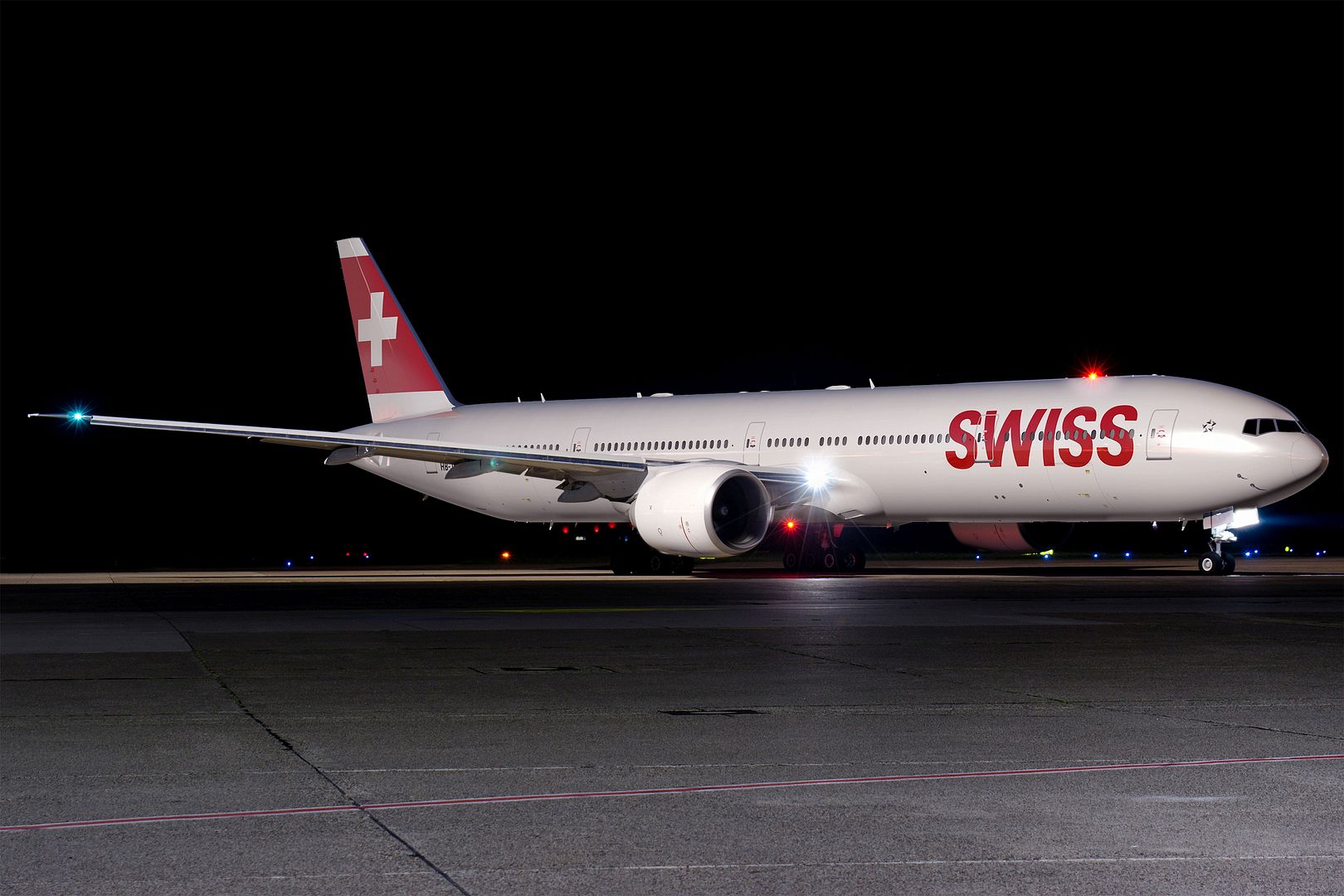
EVERETT, Wash., Oct. 27, 2016 ? Boeing [NYSE: BA] and UPS [NYSE: UPS] today announced an order for 14 747-8 Freighters. The agreement also includes an option to purchase an additional 14 of the cargo airplanes.
?These aircraft are a strategic investment for increased capacity for UPS customers around the globe,? said Brendan Canavan, president, UPS Airlines. ?The 747-8 will allow UPS to upsize our network in both new and existing markets.?
The 747-8 Freighter is the world?s most efficient freighter, providing cargo operators the lowest operating costs and best economics of any large freighter on the market. With its iconic nose door, the airplane has 16 percent more revenue cargo volume than the 747-400F. The airplane also reduces the noise footprint around an airport by 30 percent compared to its predecessor.
"UPS could not have selected a better aircraft to meet its growing business needs," said Brad McMullen, vice president, Sales, North America and Leasing, Boeing Commercial Airplanes. "We?ve continued to make the 747-8 Freighter even better, and we look forward to seeing UPS introduce it to its fleet."
With 109 747-8 passenger and freighter airplanes delivered to customers around the globe, the fleet is performing with the highest dispatch reliability and utilization of any four-engine airplane in service.
UPS is a global leader in logistics, offering a broad range of solutions including transporting packages and freight; facilitating international trade, and deploying advanced technology to more efficiently manage the world of business. Headquartered in Atlanta, UPS serves more than 220 countries and territories worldwide.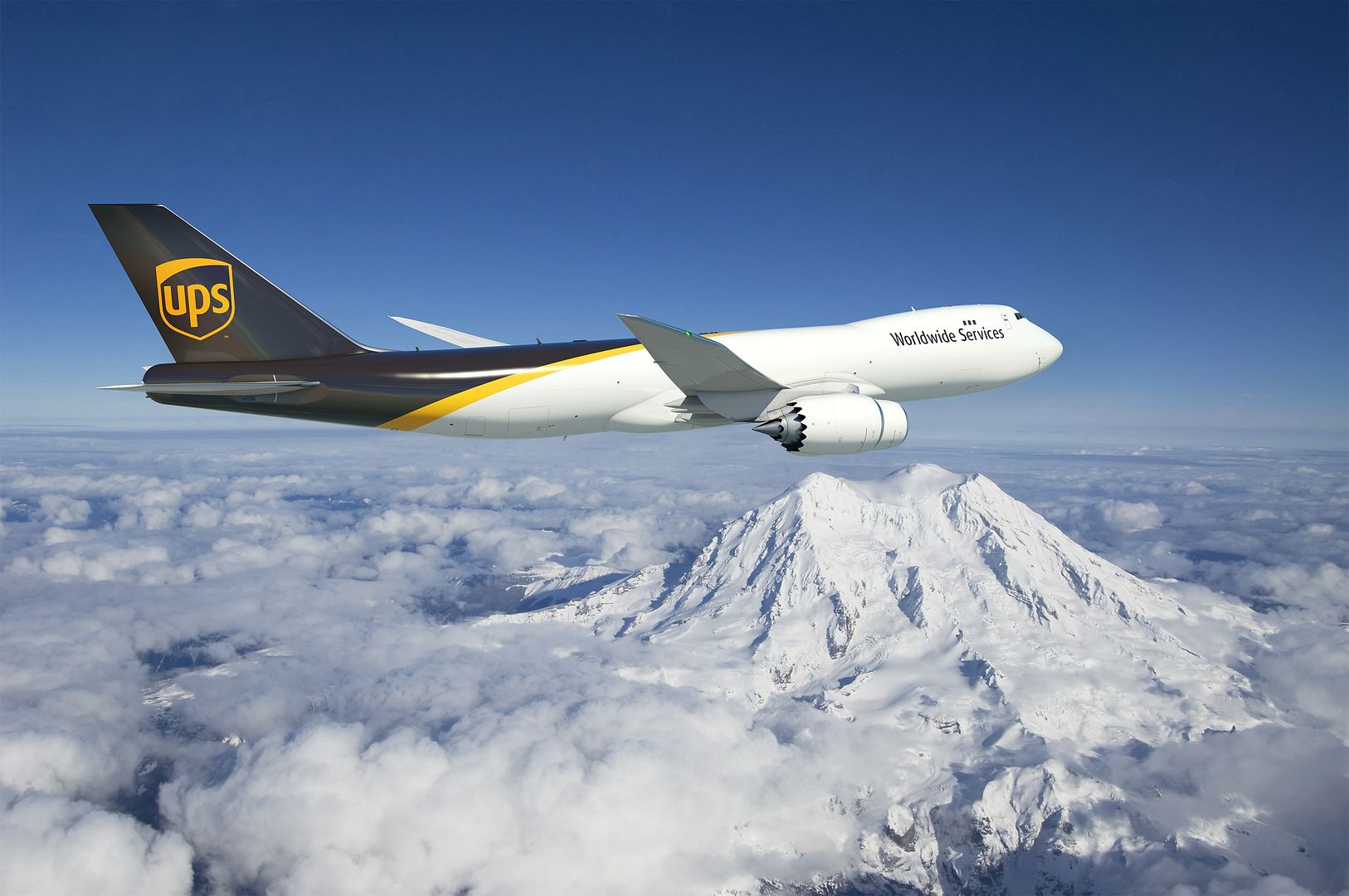
The first week on Exercise GuardianNorth16 is almost at an end with history being made for RAF & Japan Air Self-Defense Force personnel.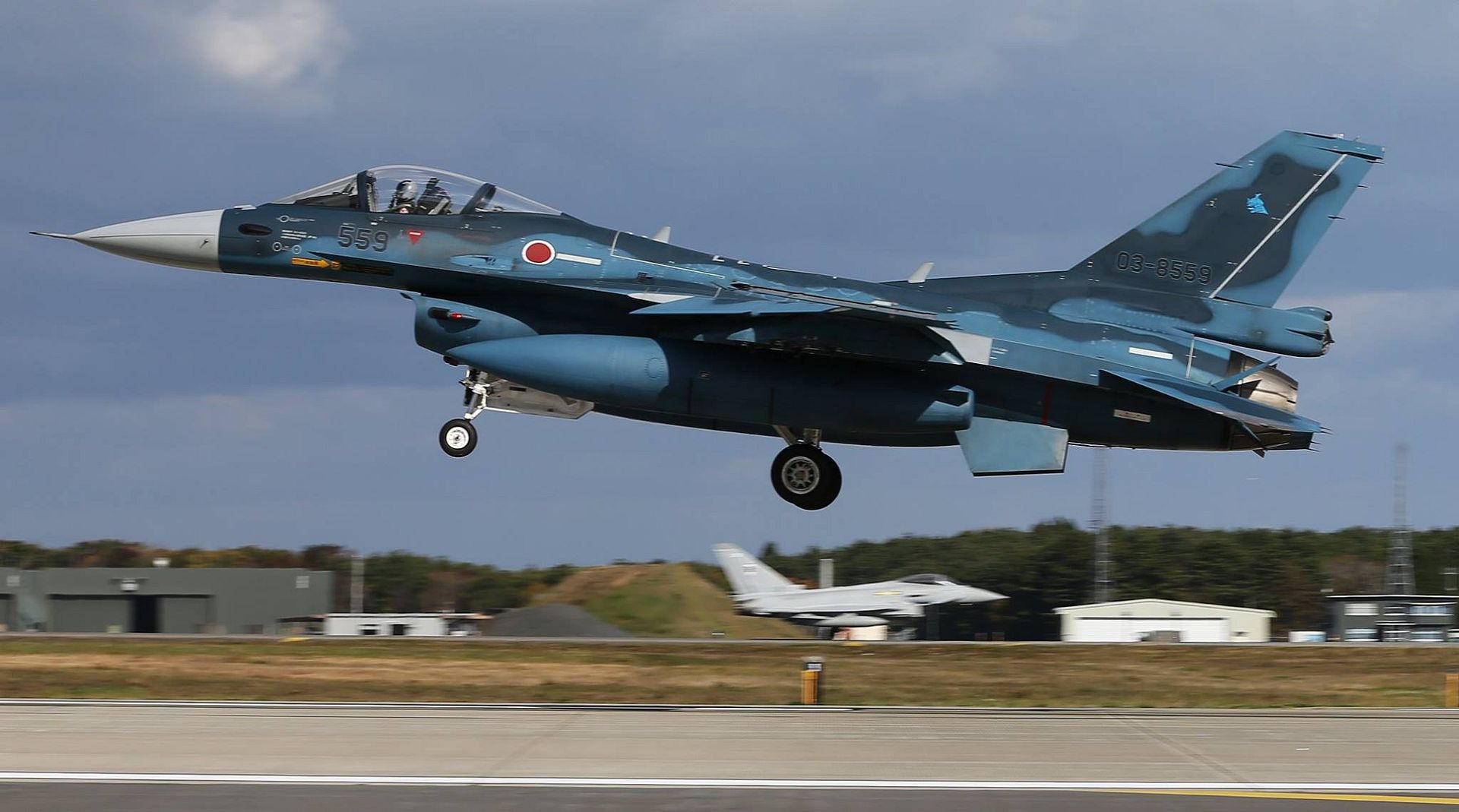
Flying daily sorties, JASDF F2-A's and F-15J fighter jets have been training hard alongside the Typhoons from RAF Lossiemouth.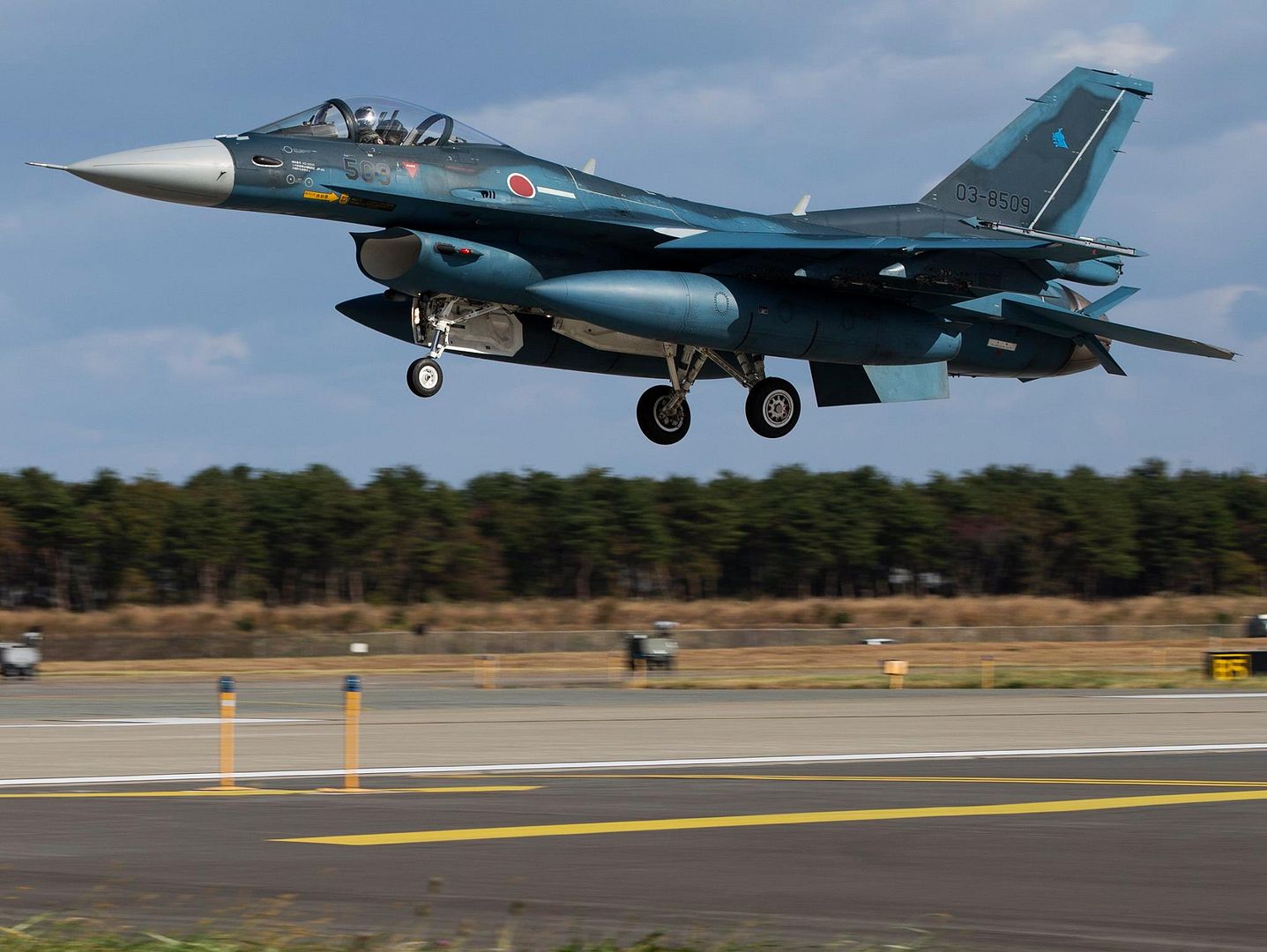
- Go to Next topic
- Go to Welcome
- Go to Introduce Yourself
- Go to General Discussion
- Go to Screenshots, Images and Videos
- Go to Off topic
- Go to Works in Progress
- Go to Skinning Tips / Tutorials
- Go to Skin Requests
- Go to IJAAF Library
- Go to Luftwaffe Library
- Go to RAF Library
- Go to USAAF / USN Library
- Go to Misc Library
- Go to The Ops Room
- Go to Made in Germany
- Go to Campaigns and Missions
- Go to Works in Progress
- Go to Juri's Air-Raid Shelter
- Go to Campaigns and Missions
- Go to Works in Progress
- Go to Skinpacks
- Go to External Projects Discussion
- Go to Books & Resources
